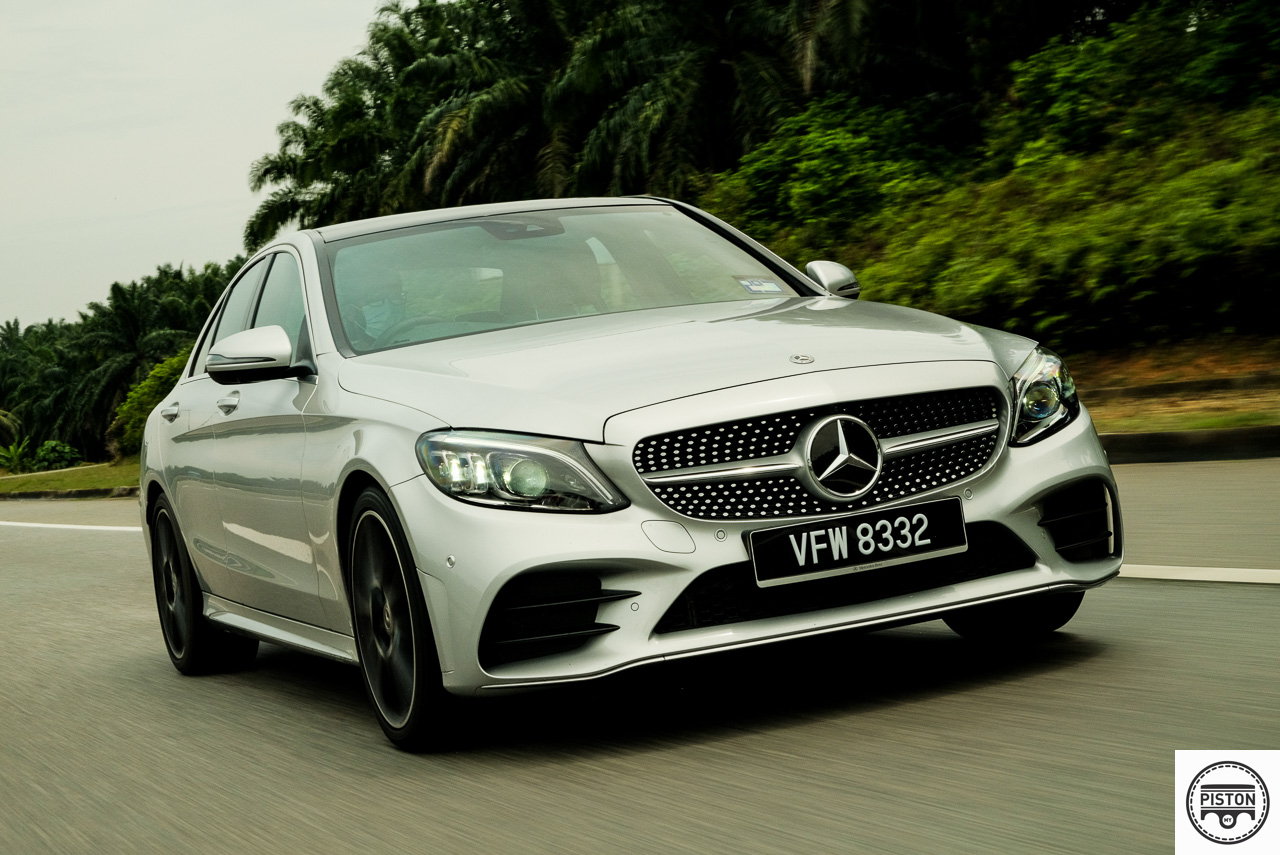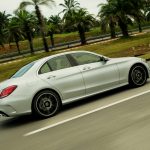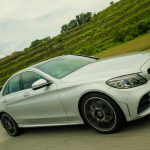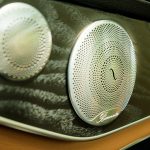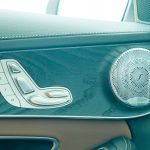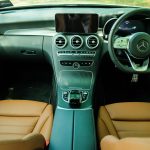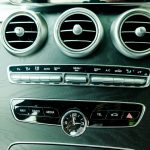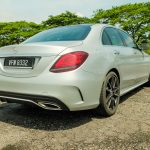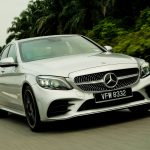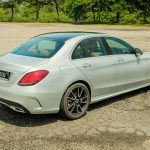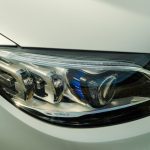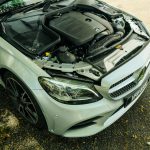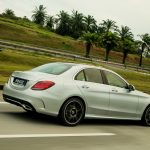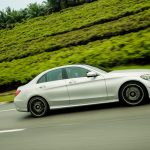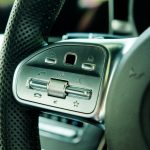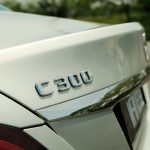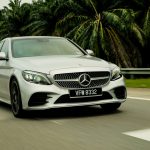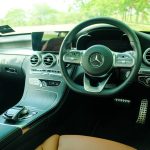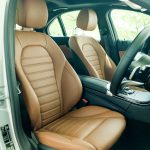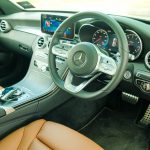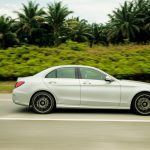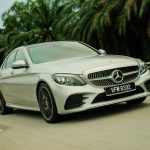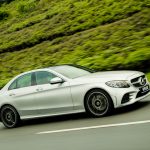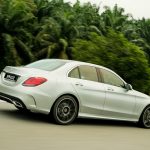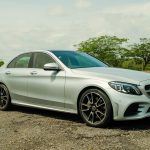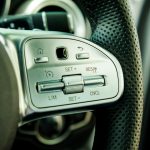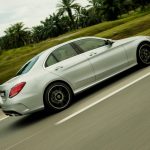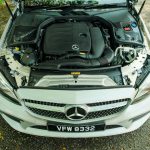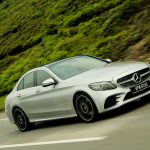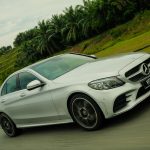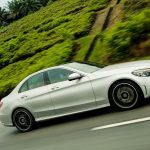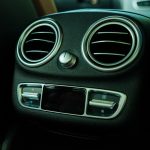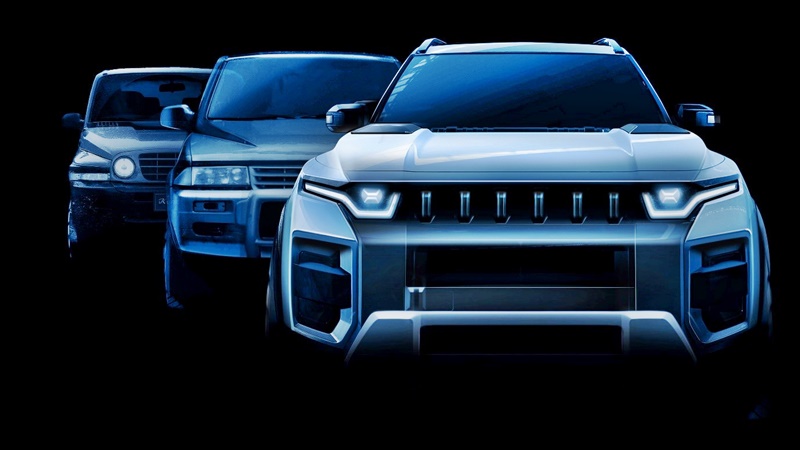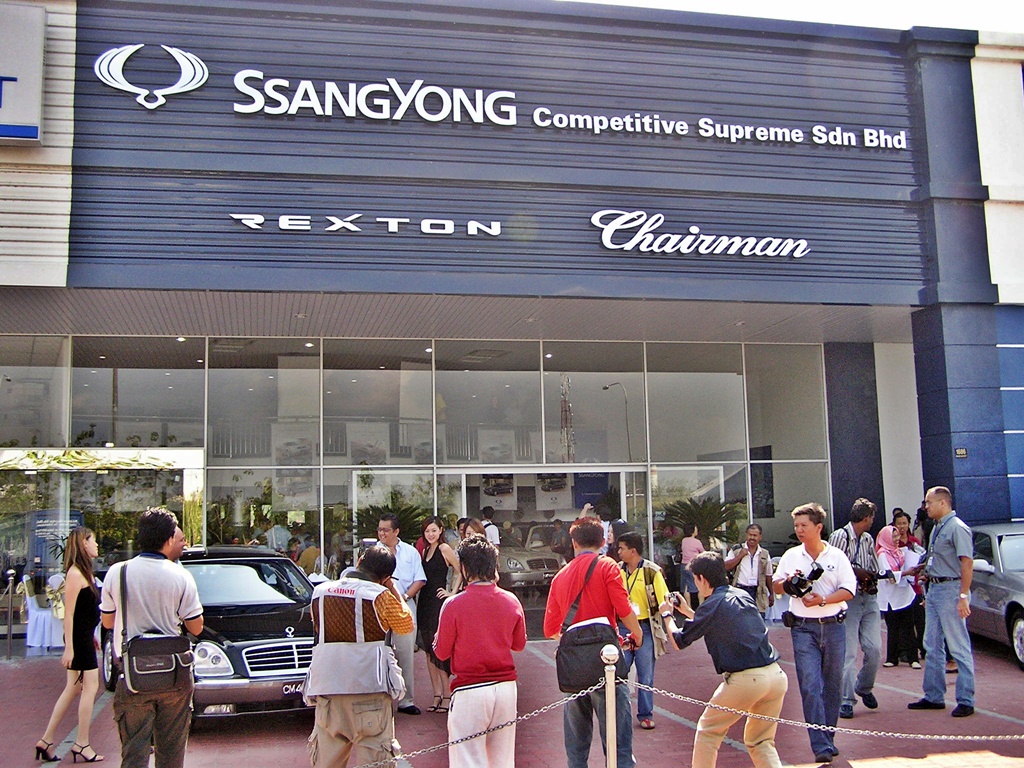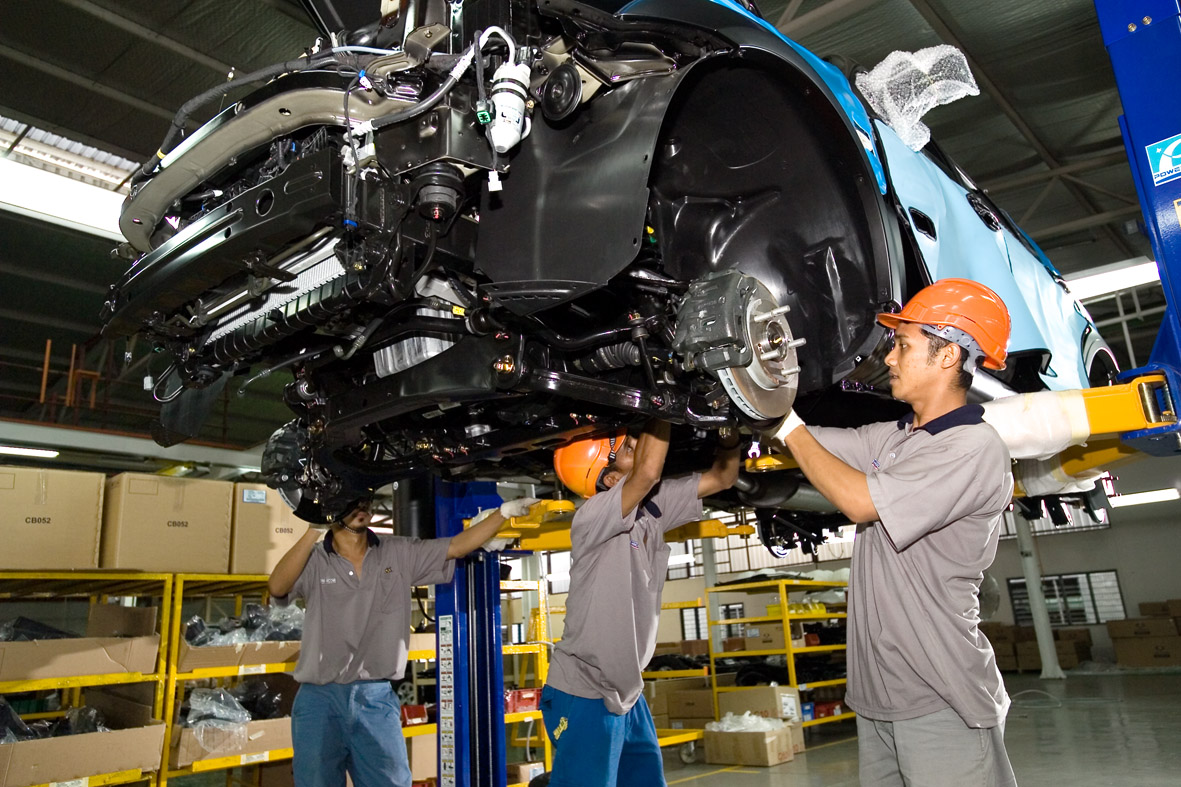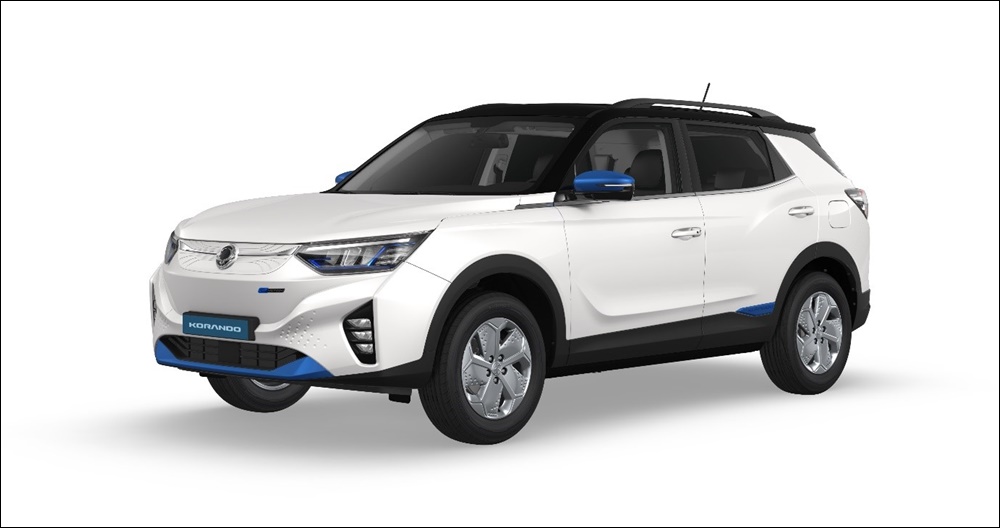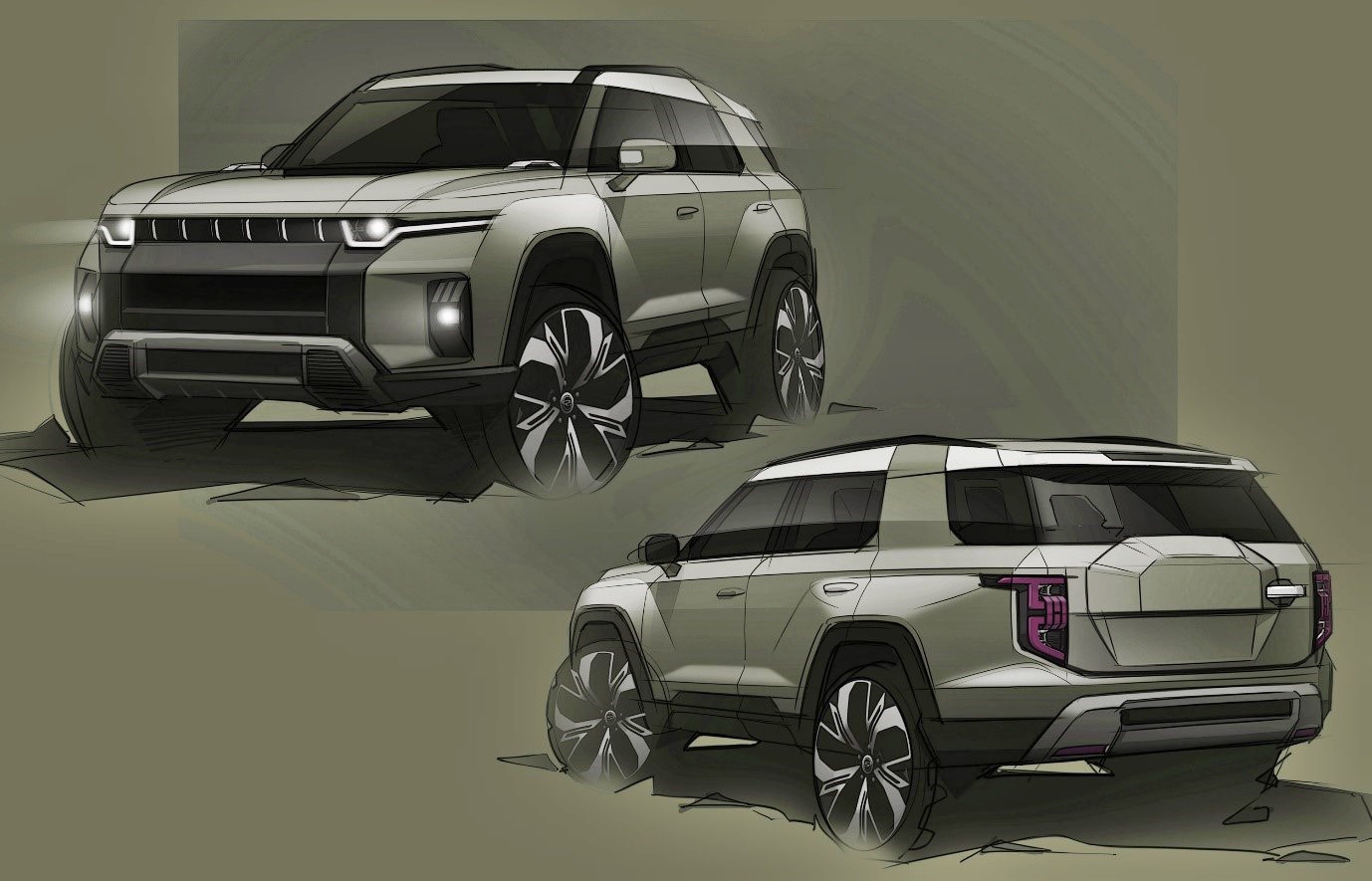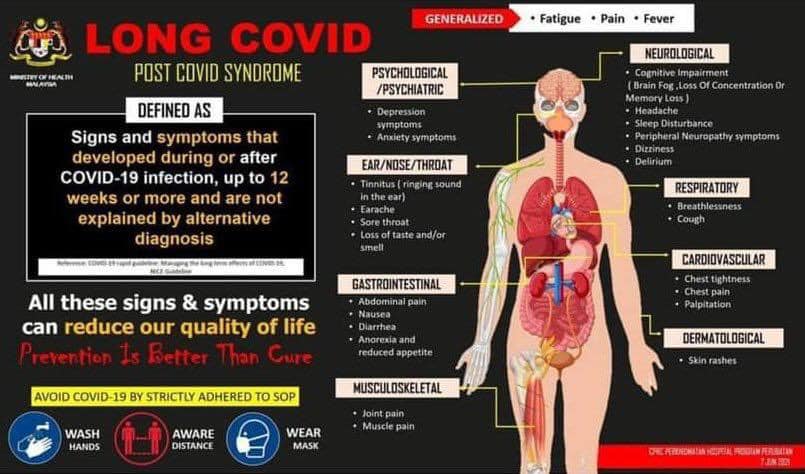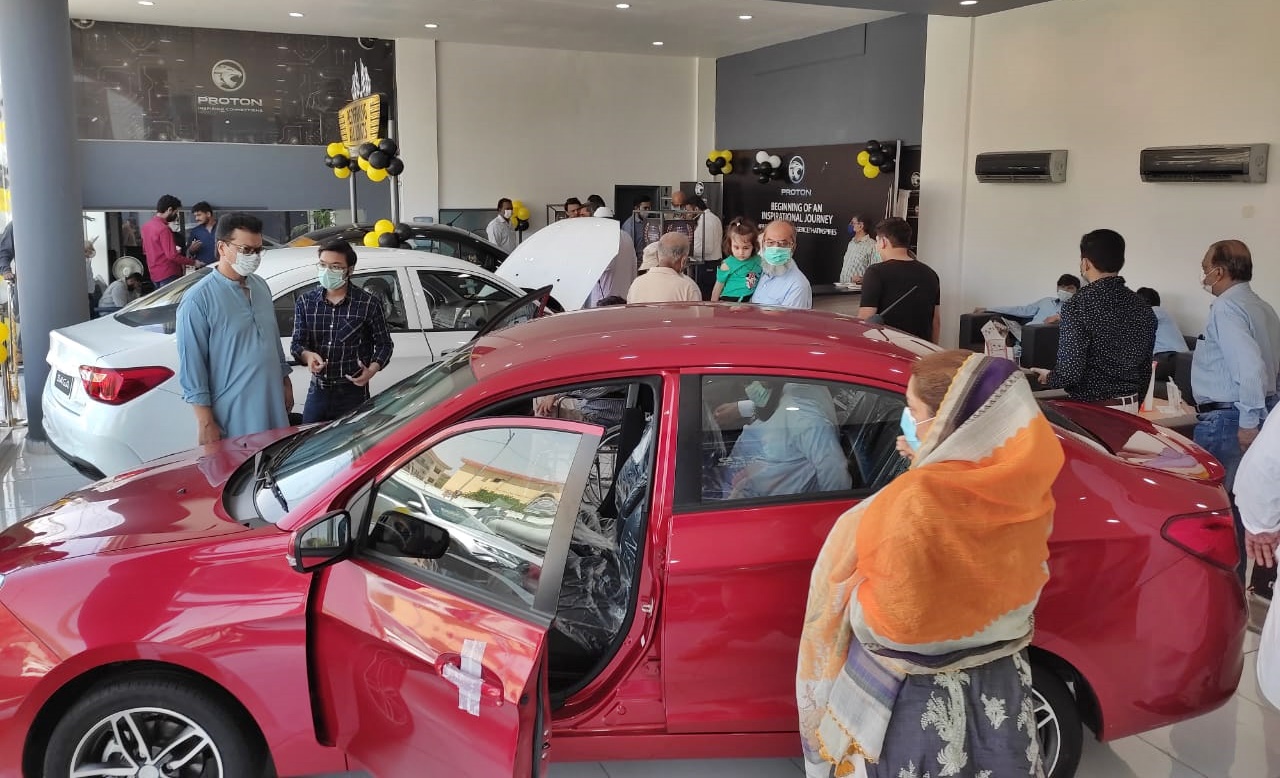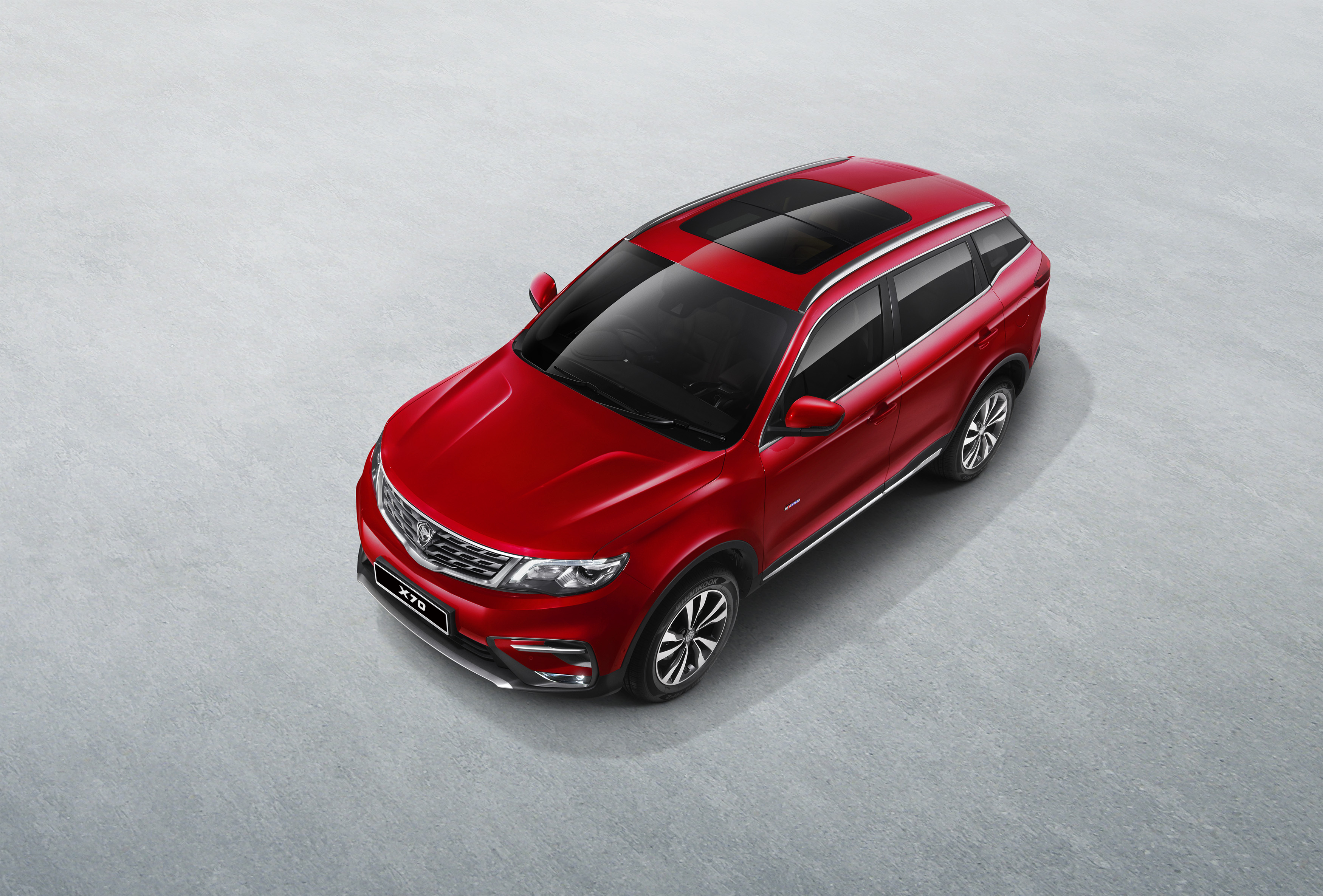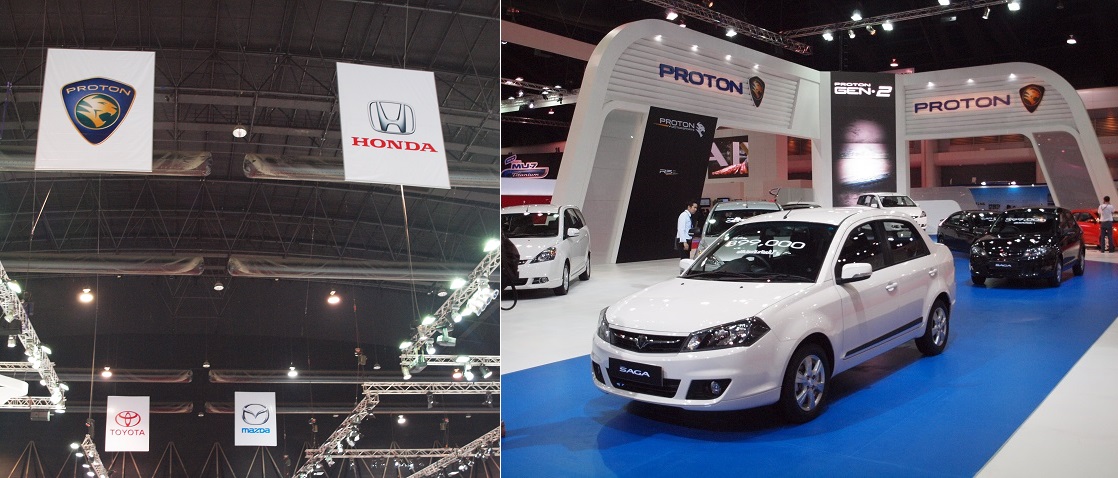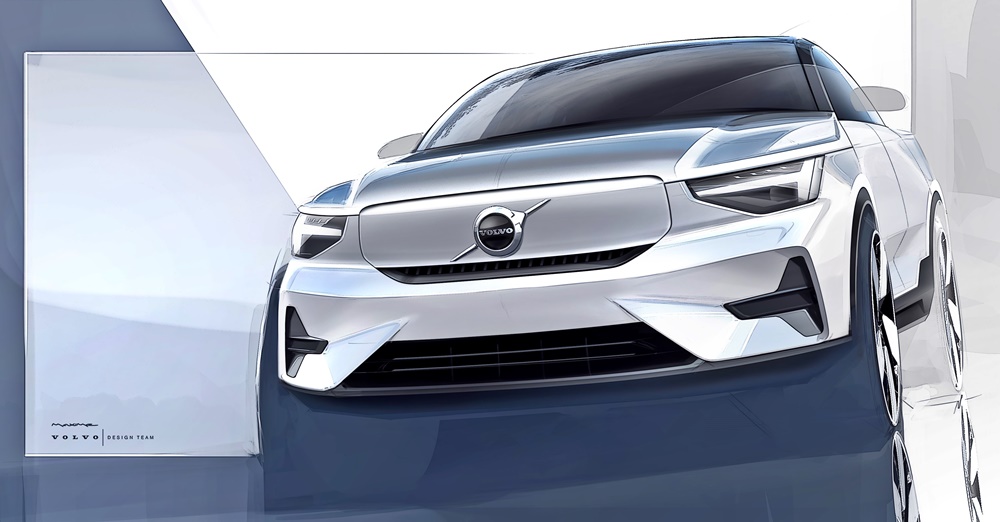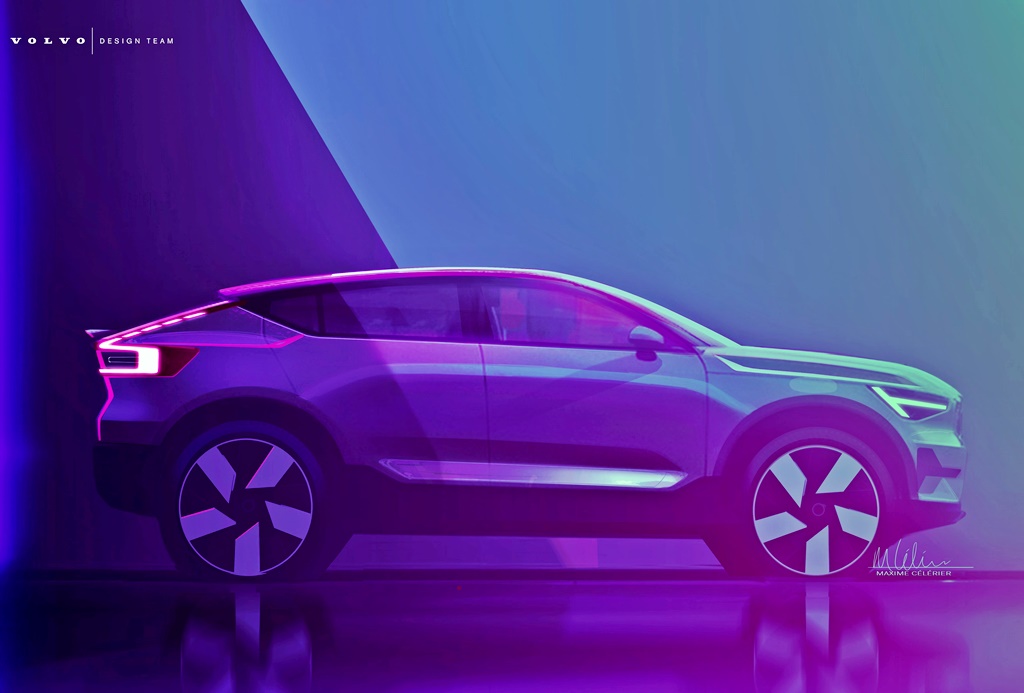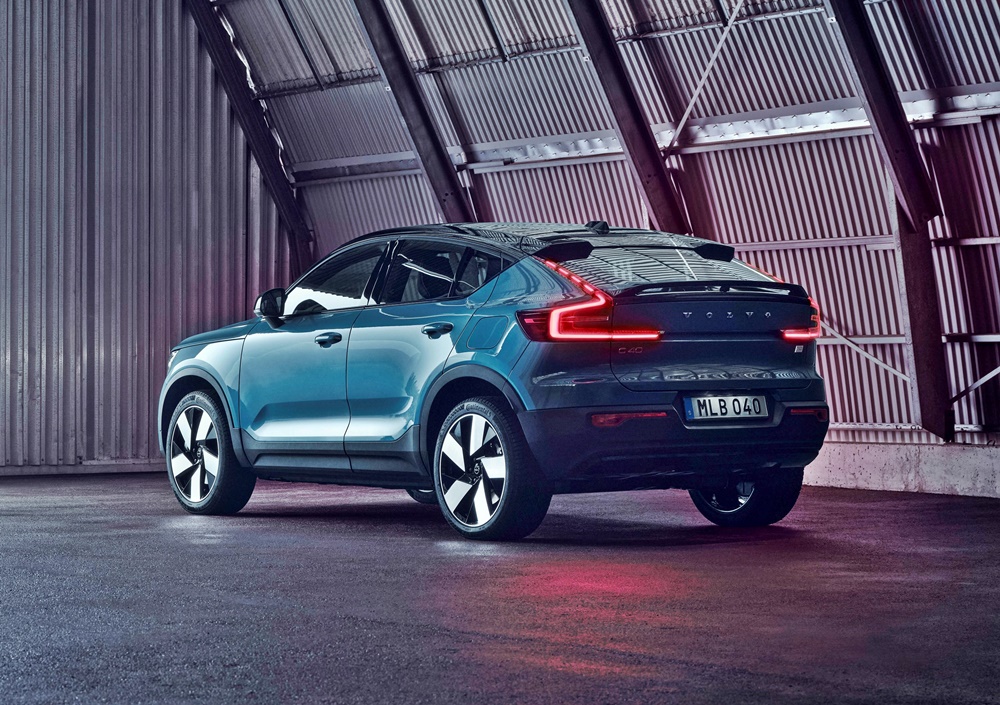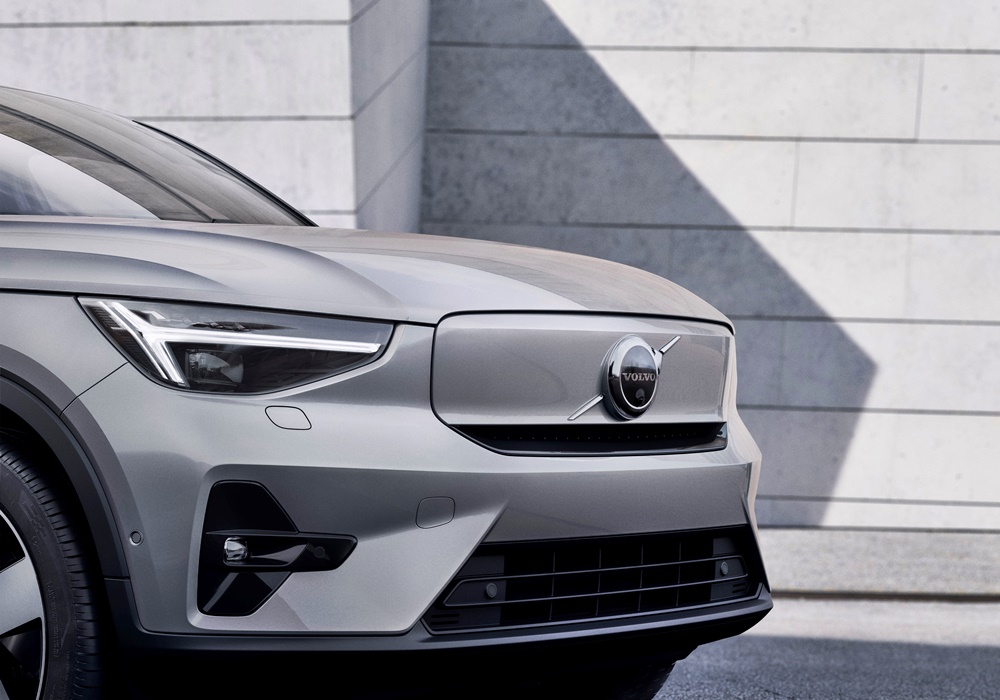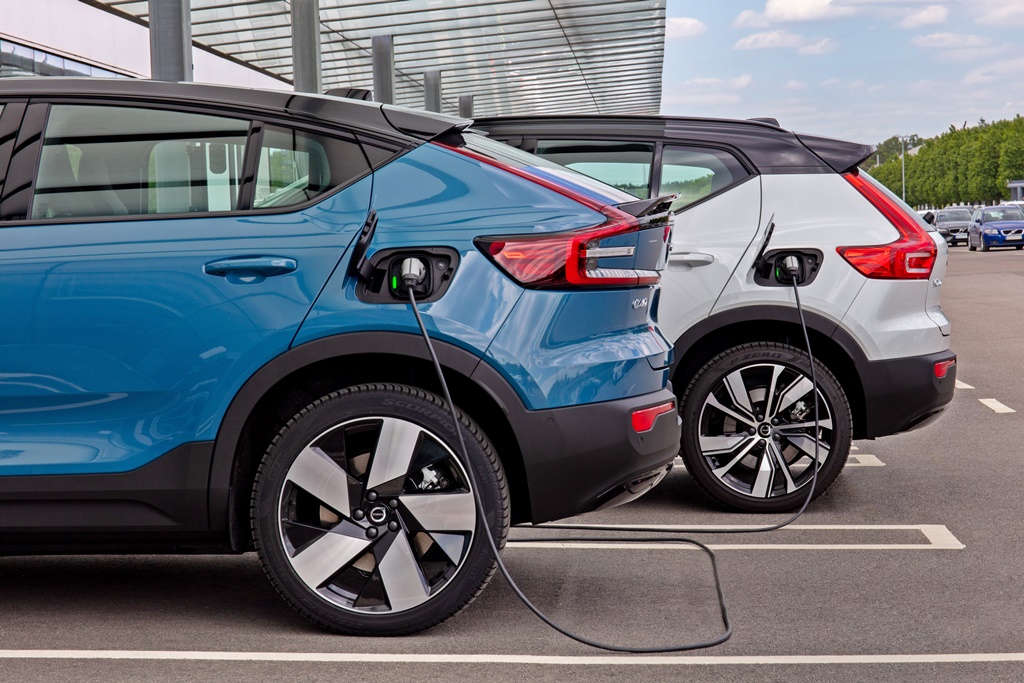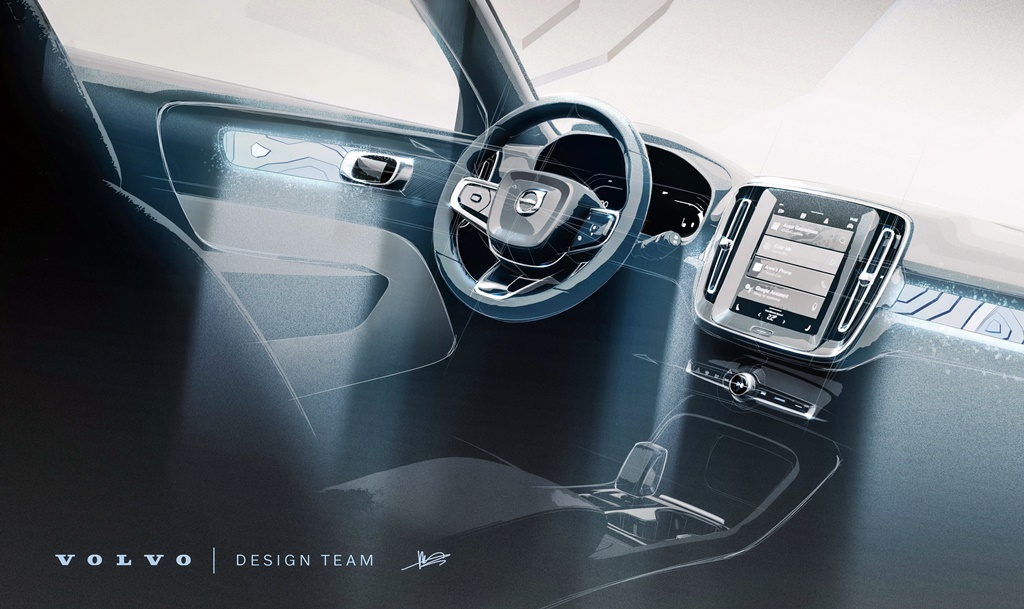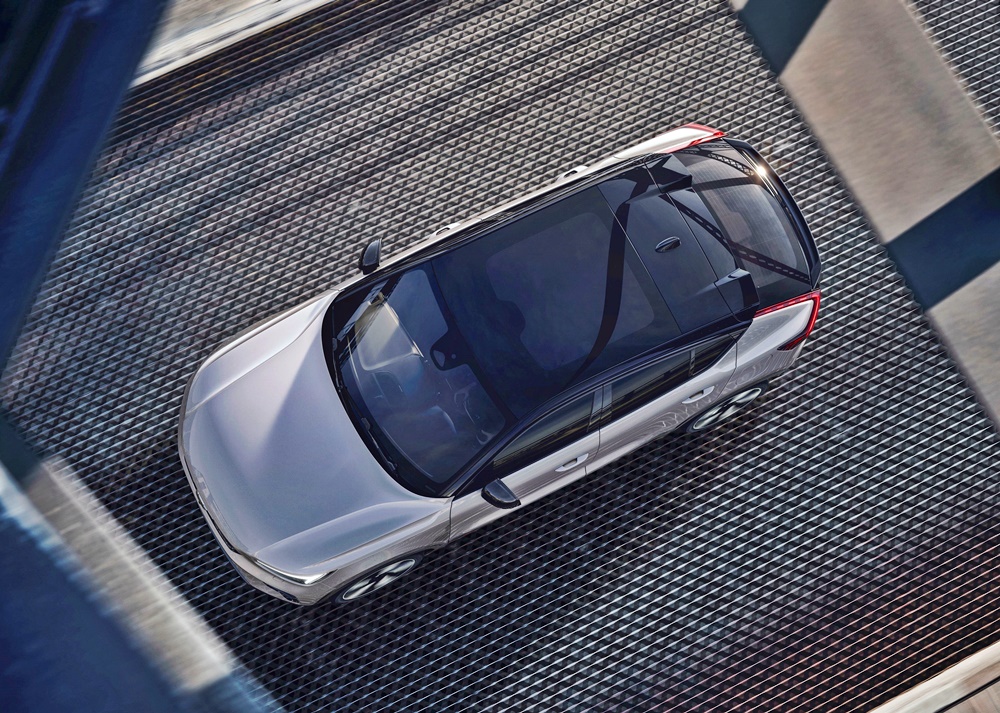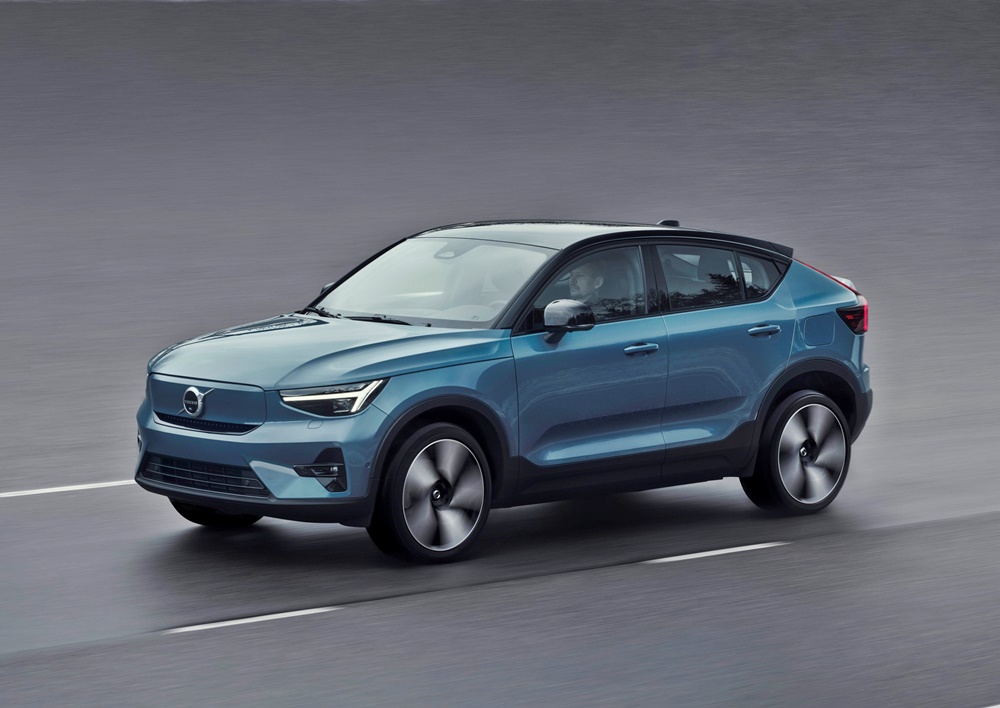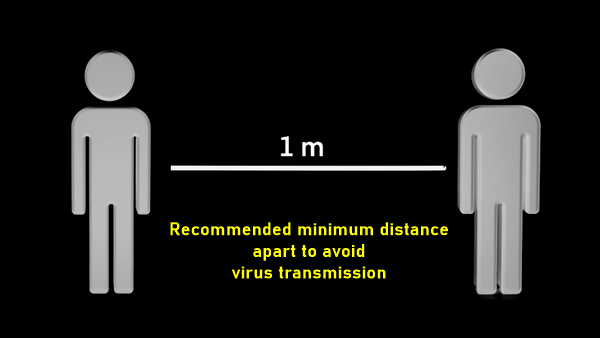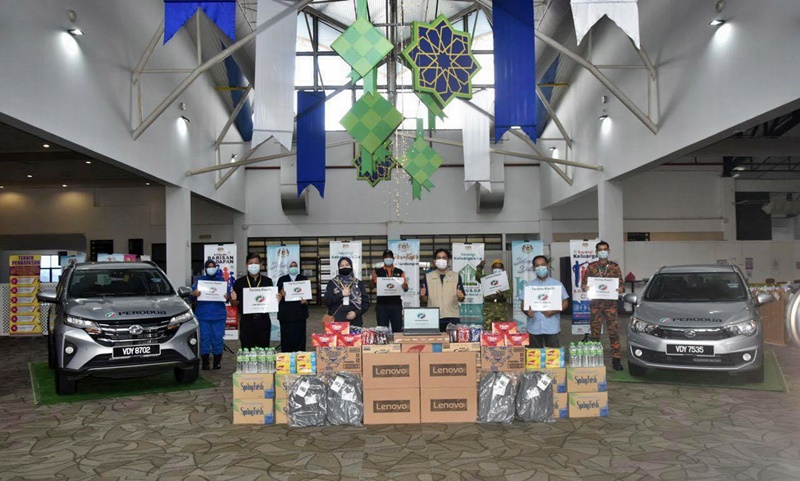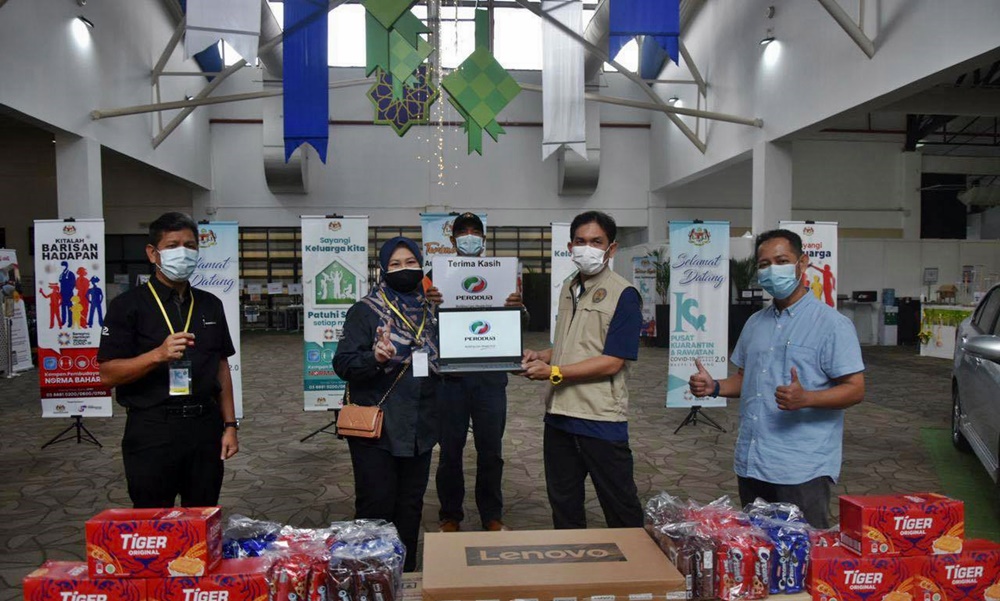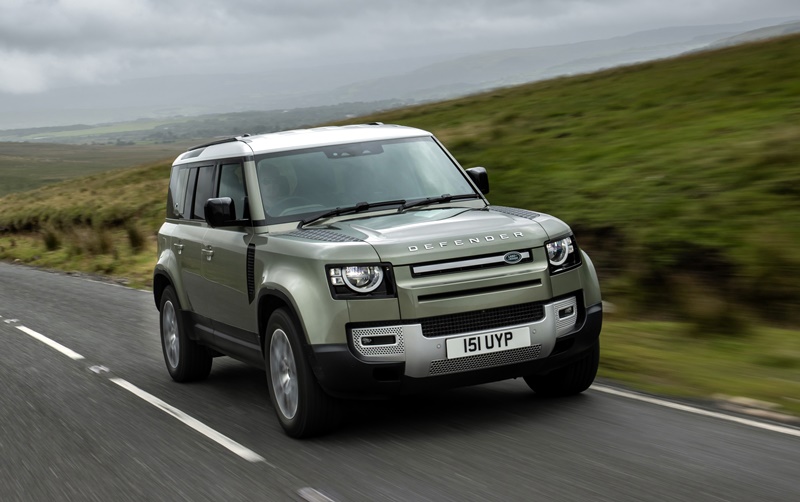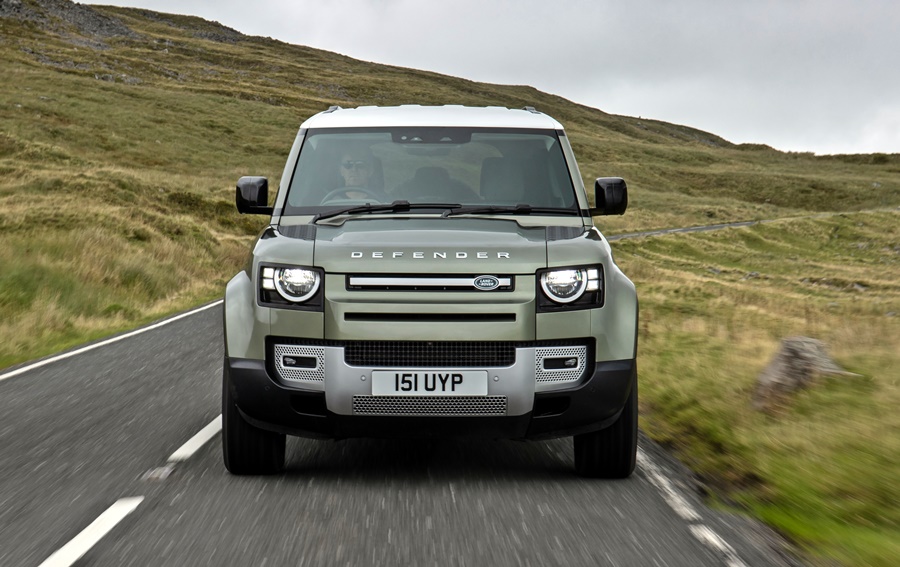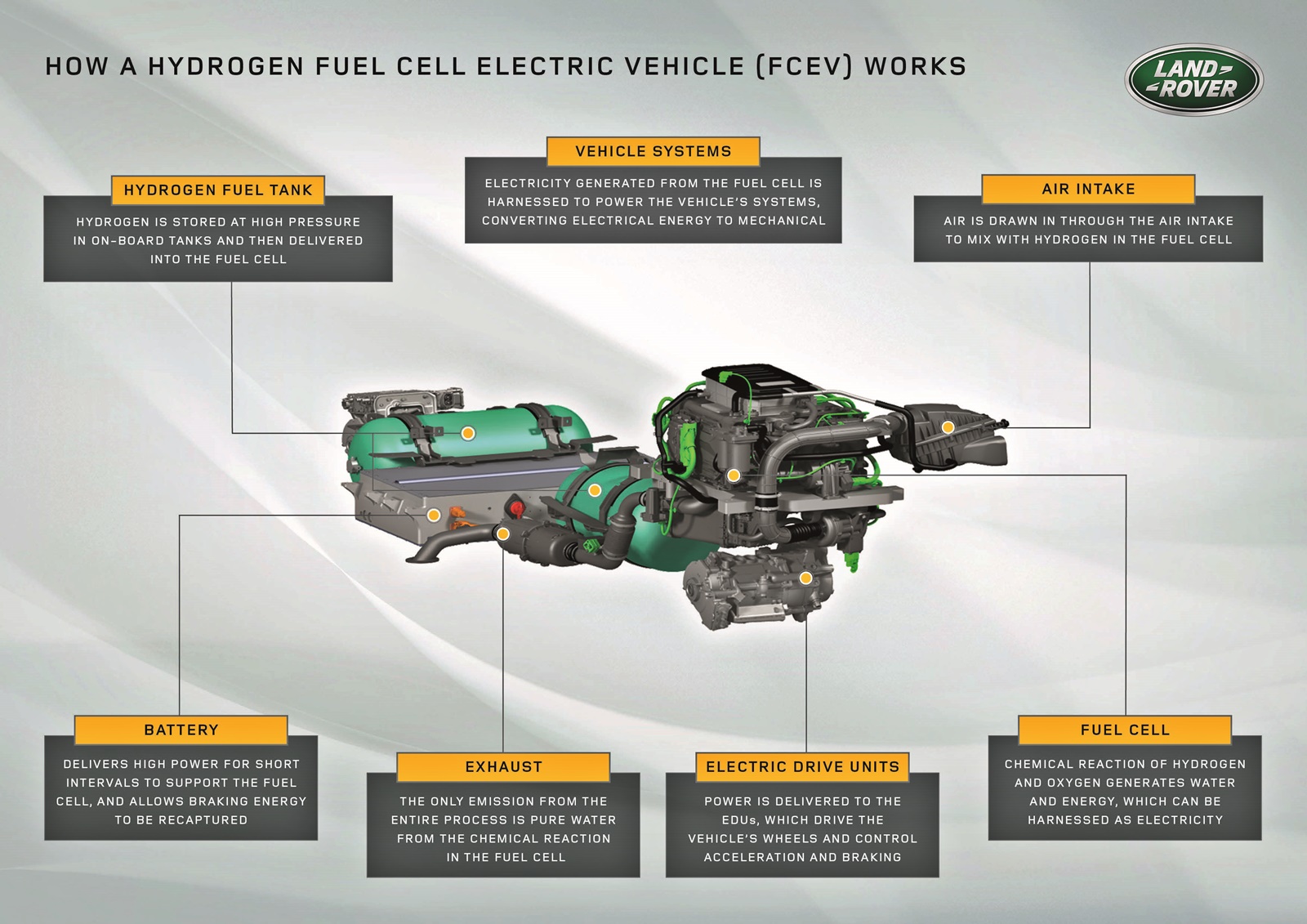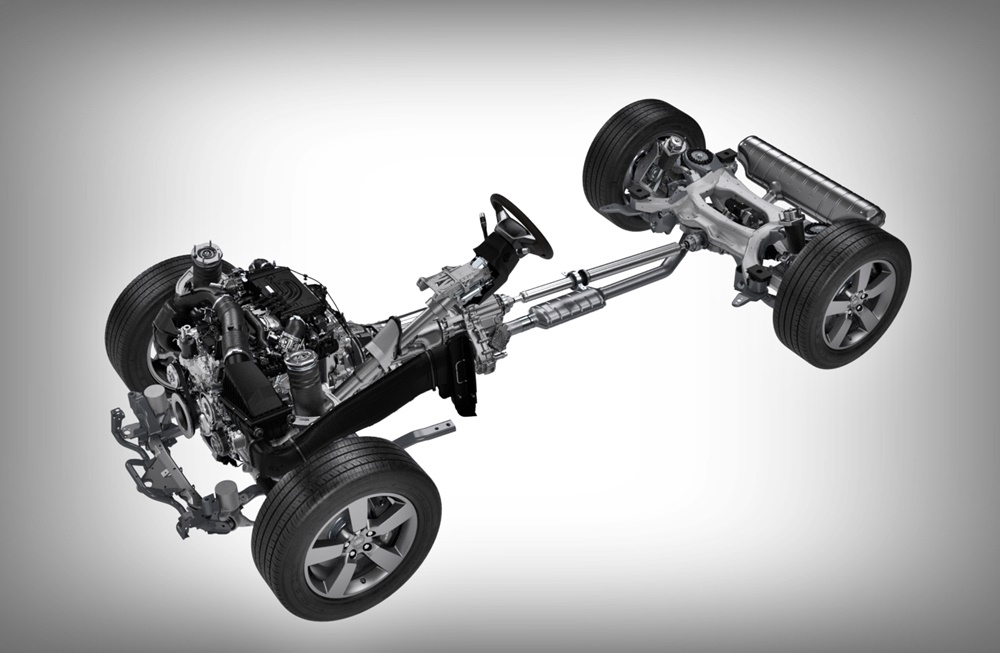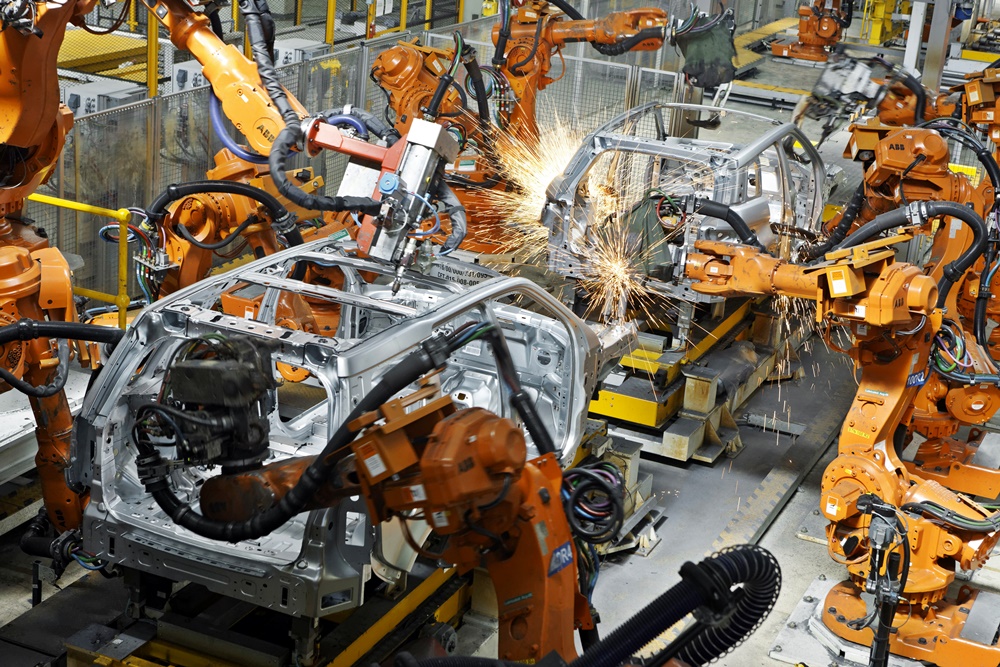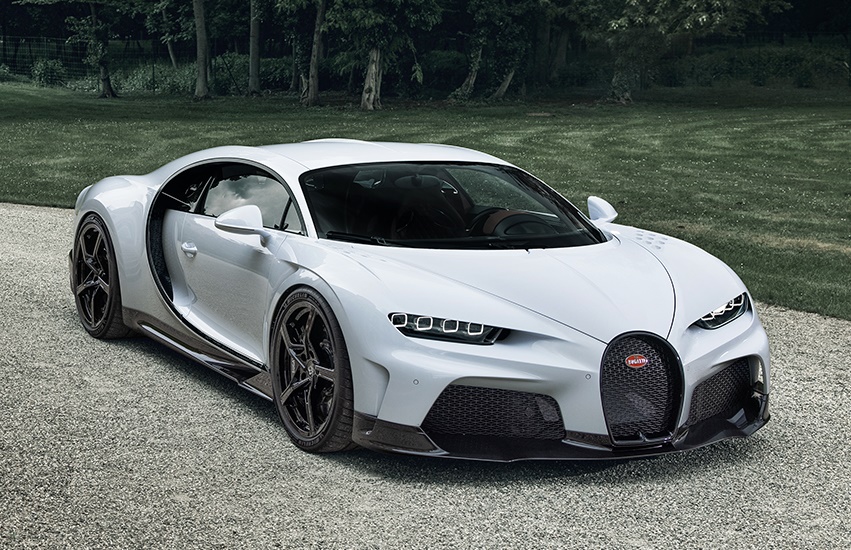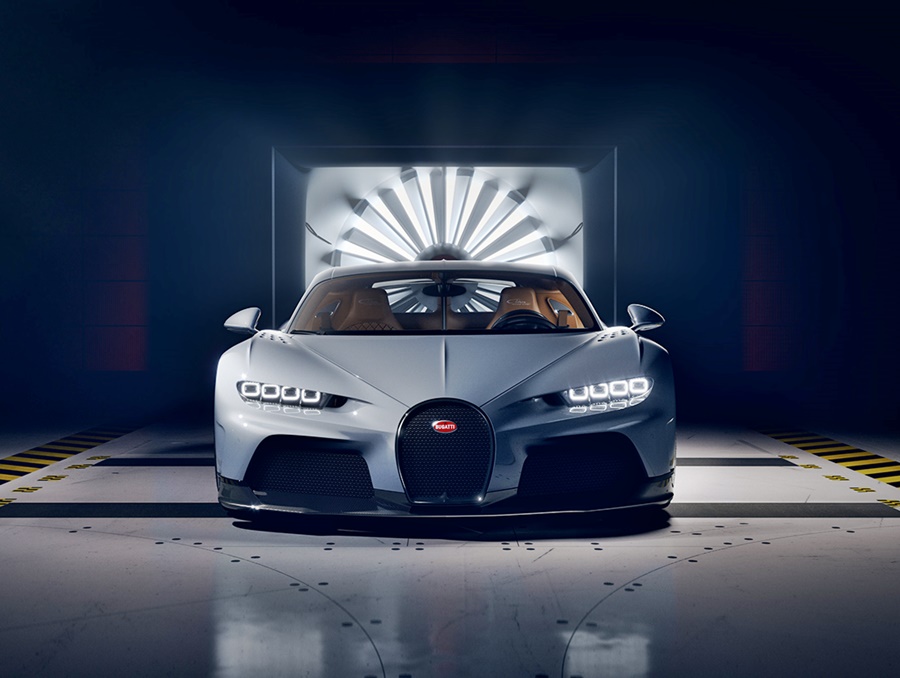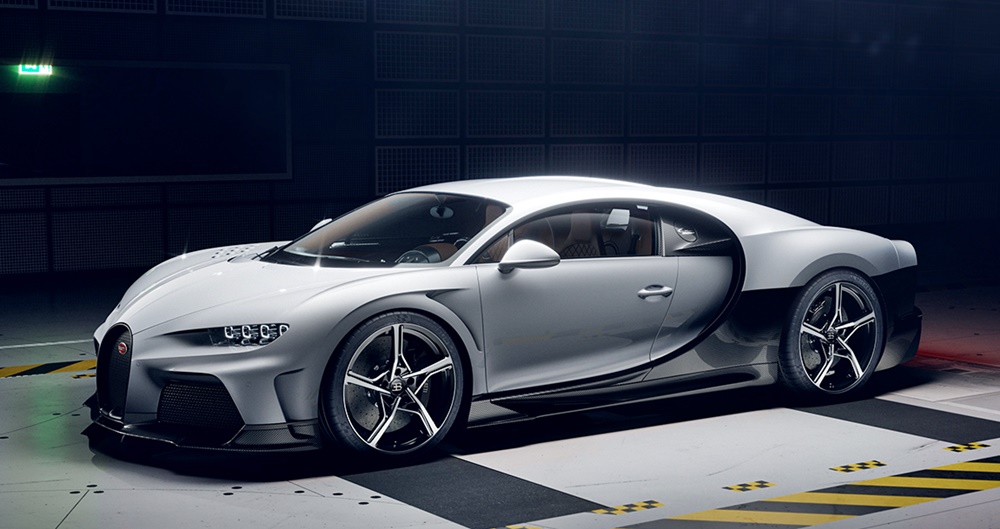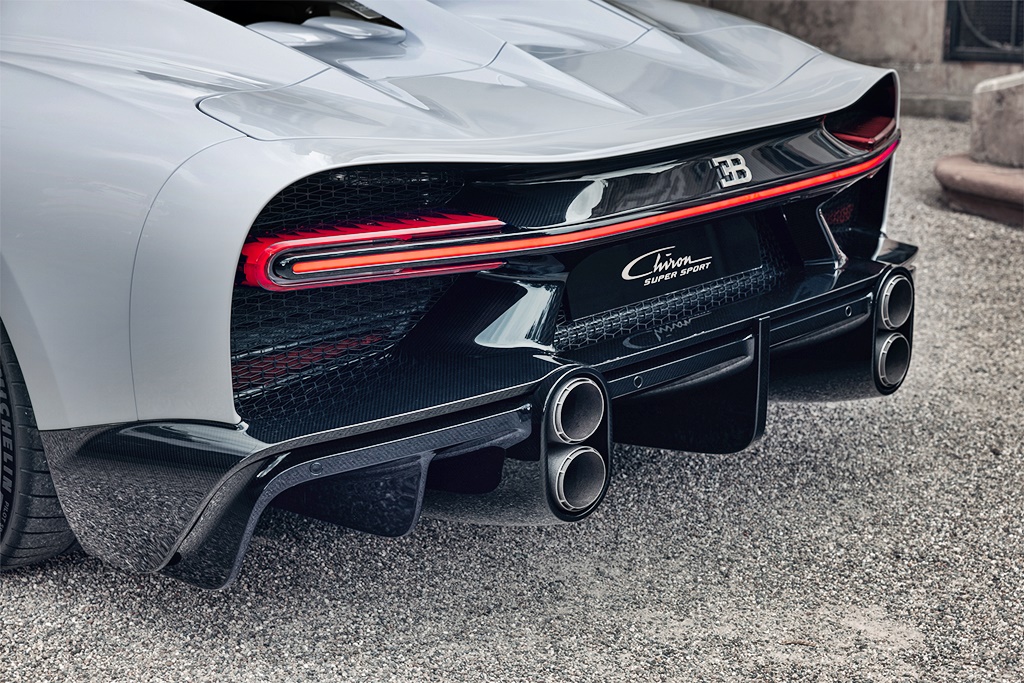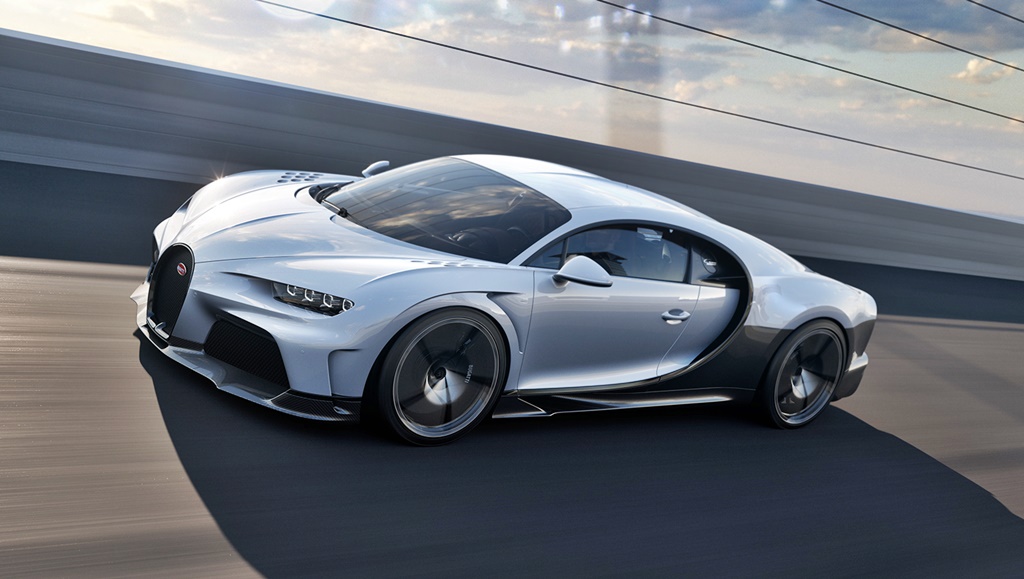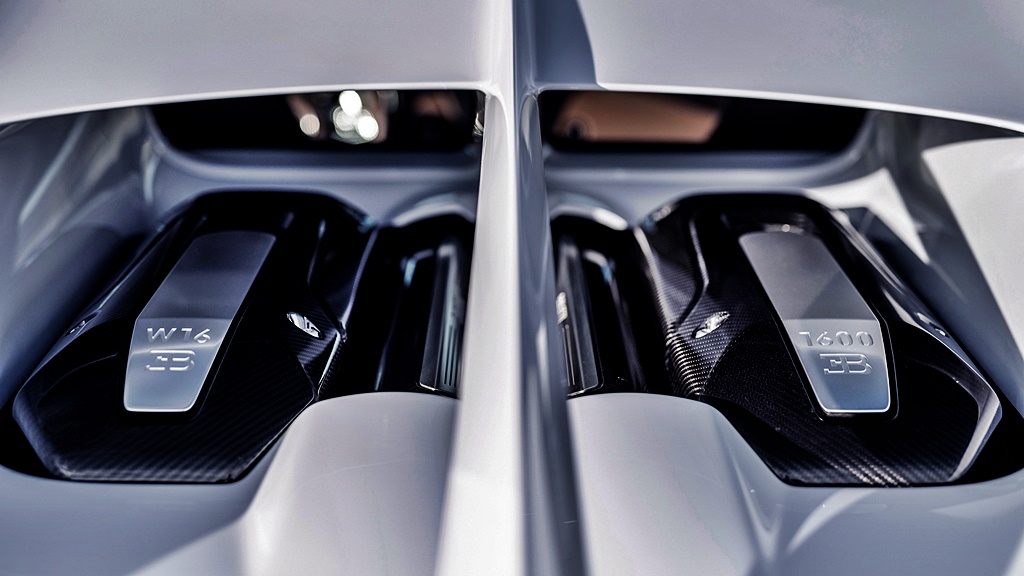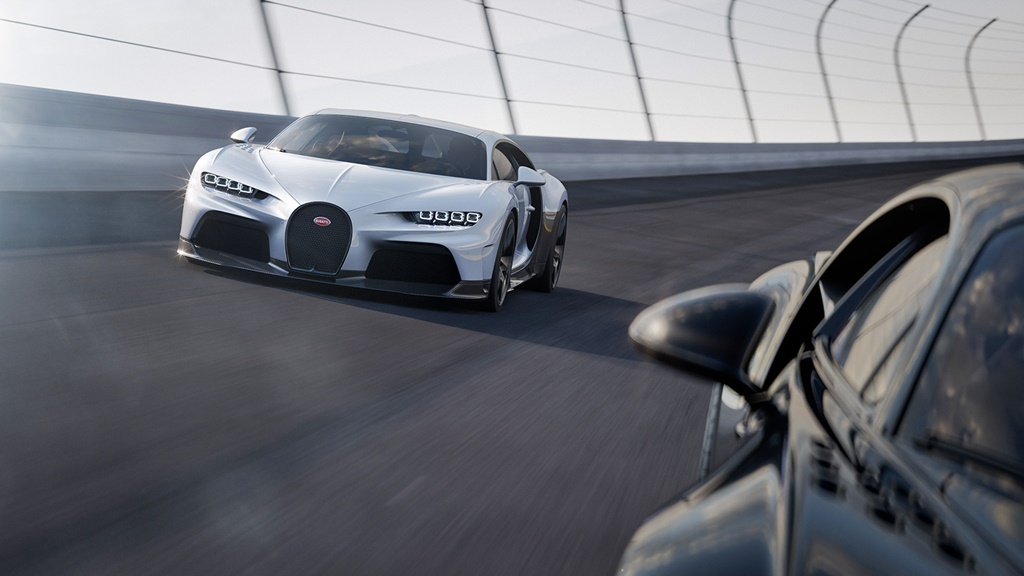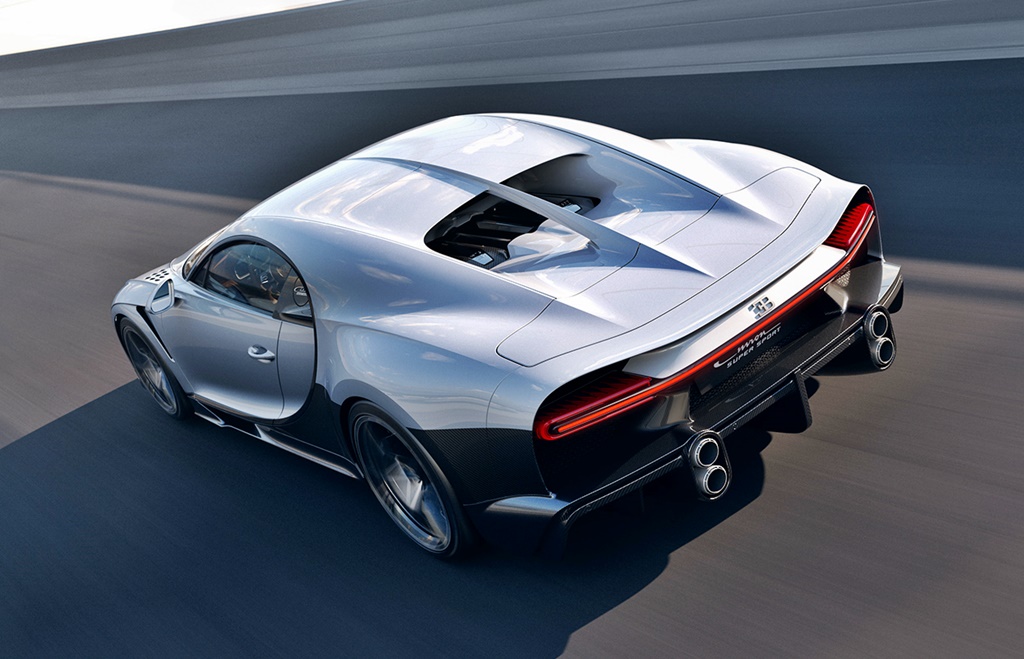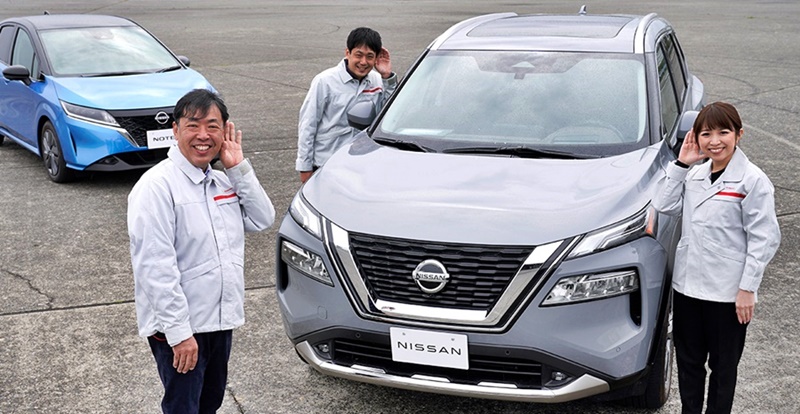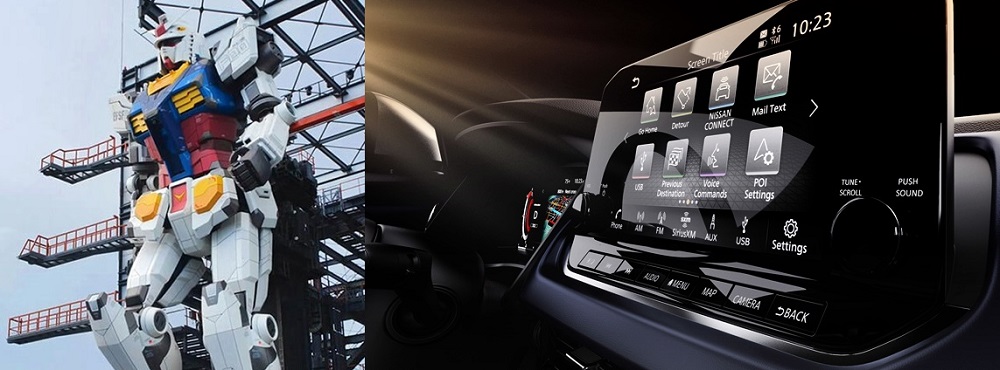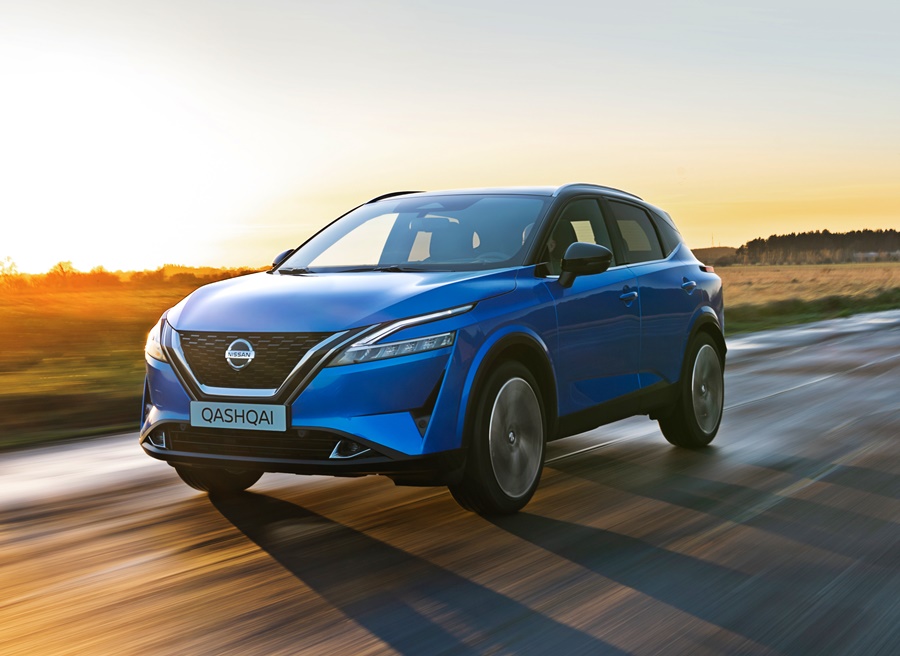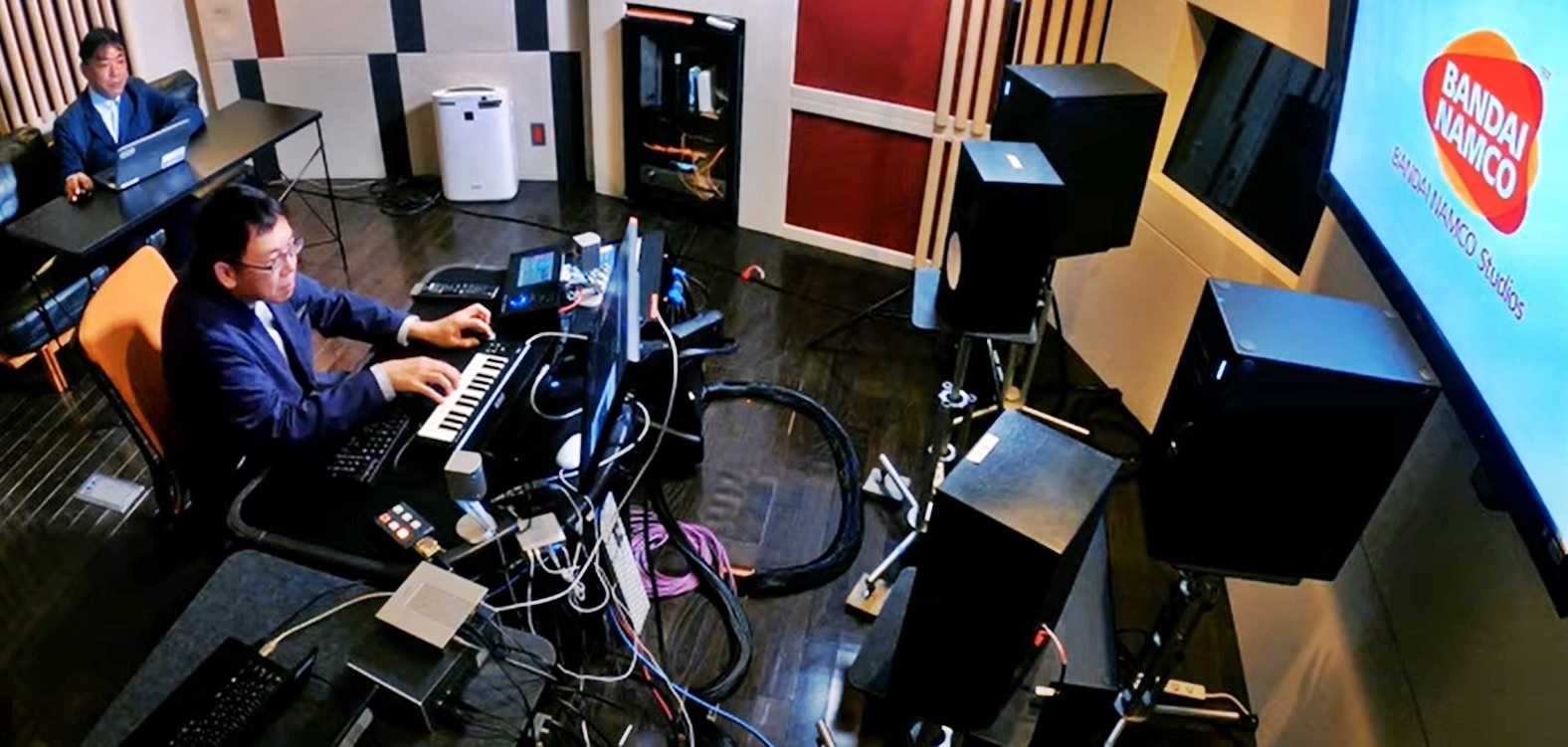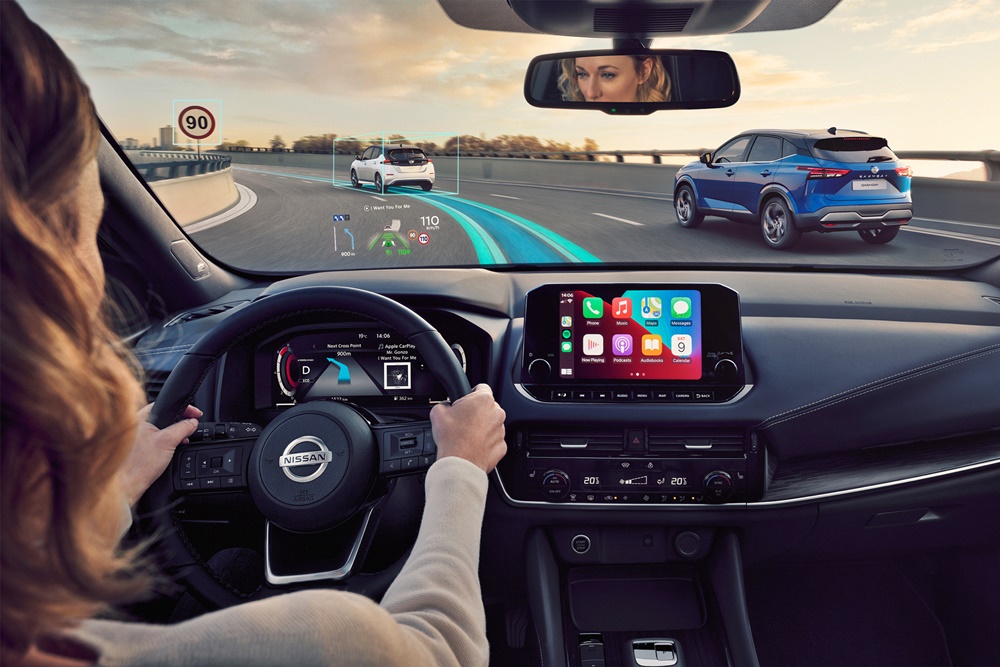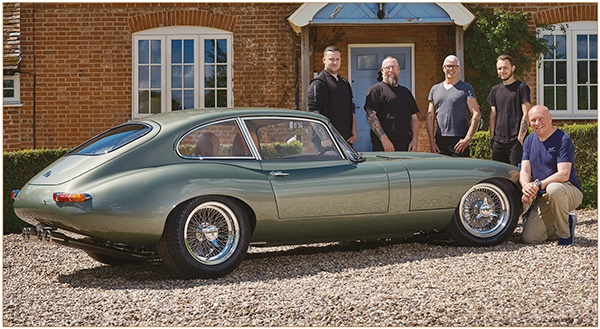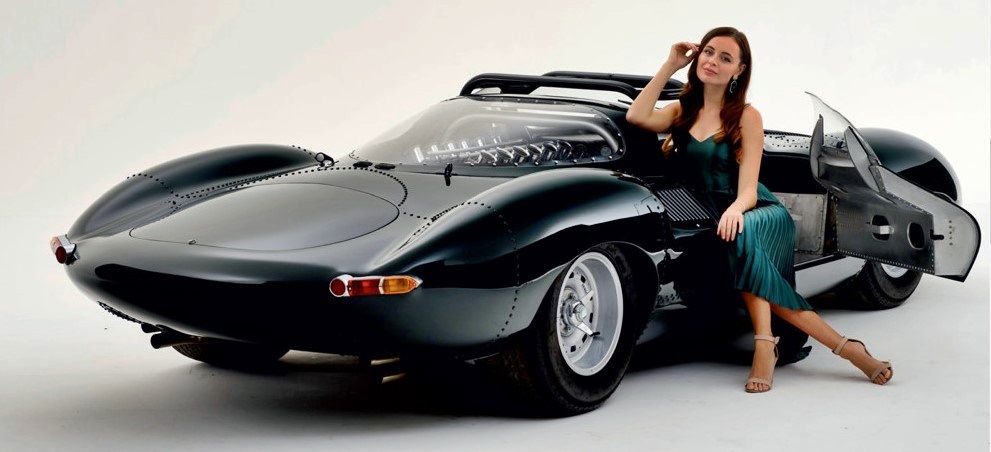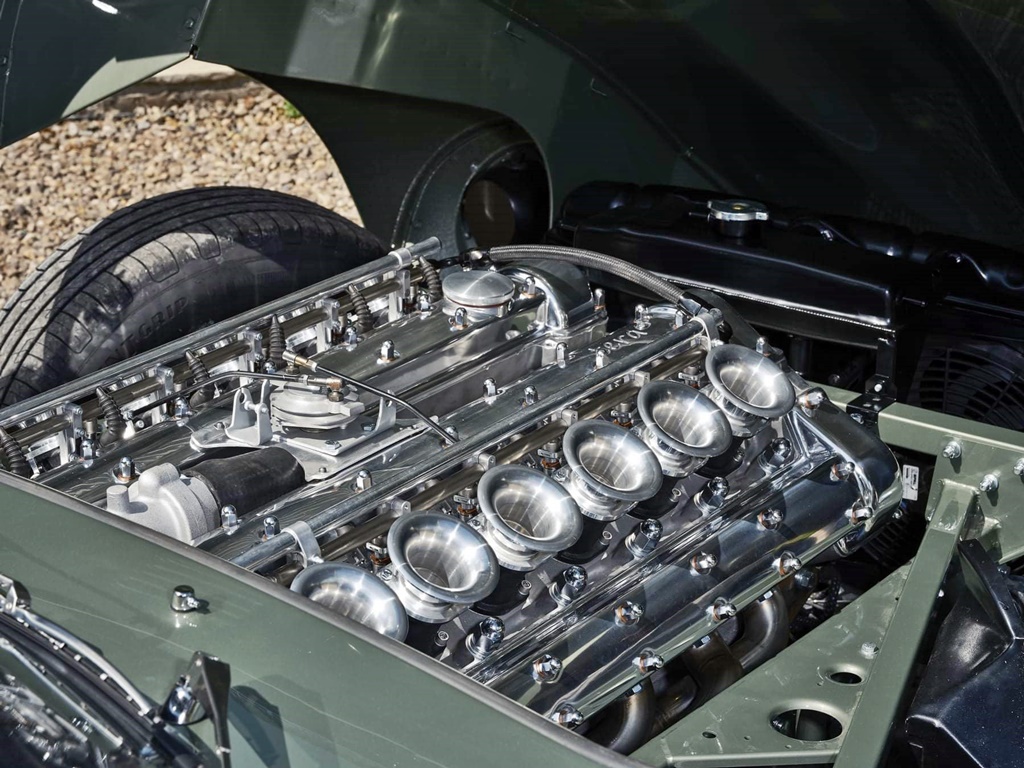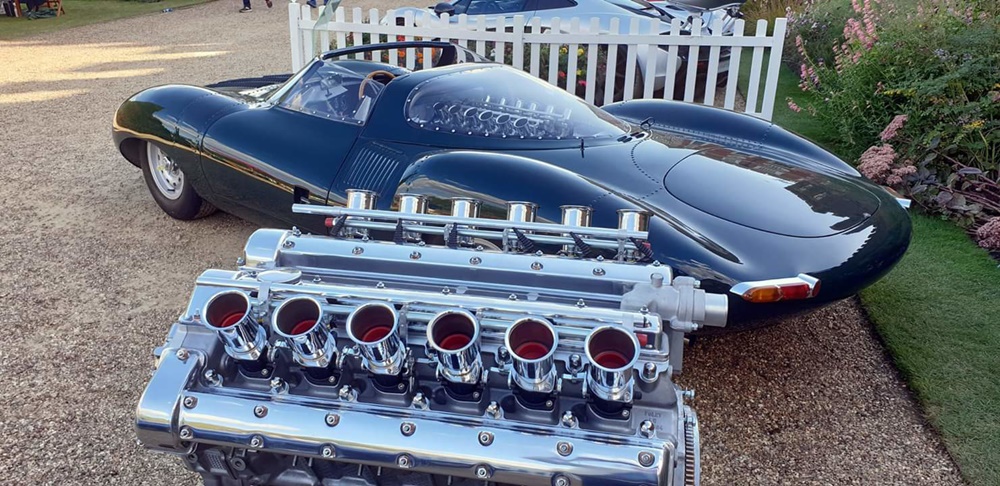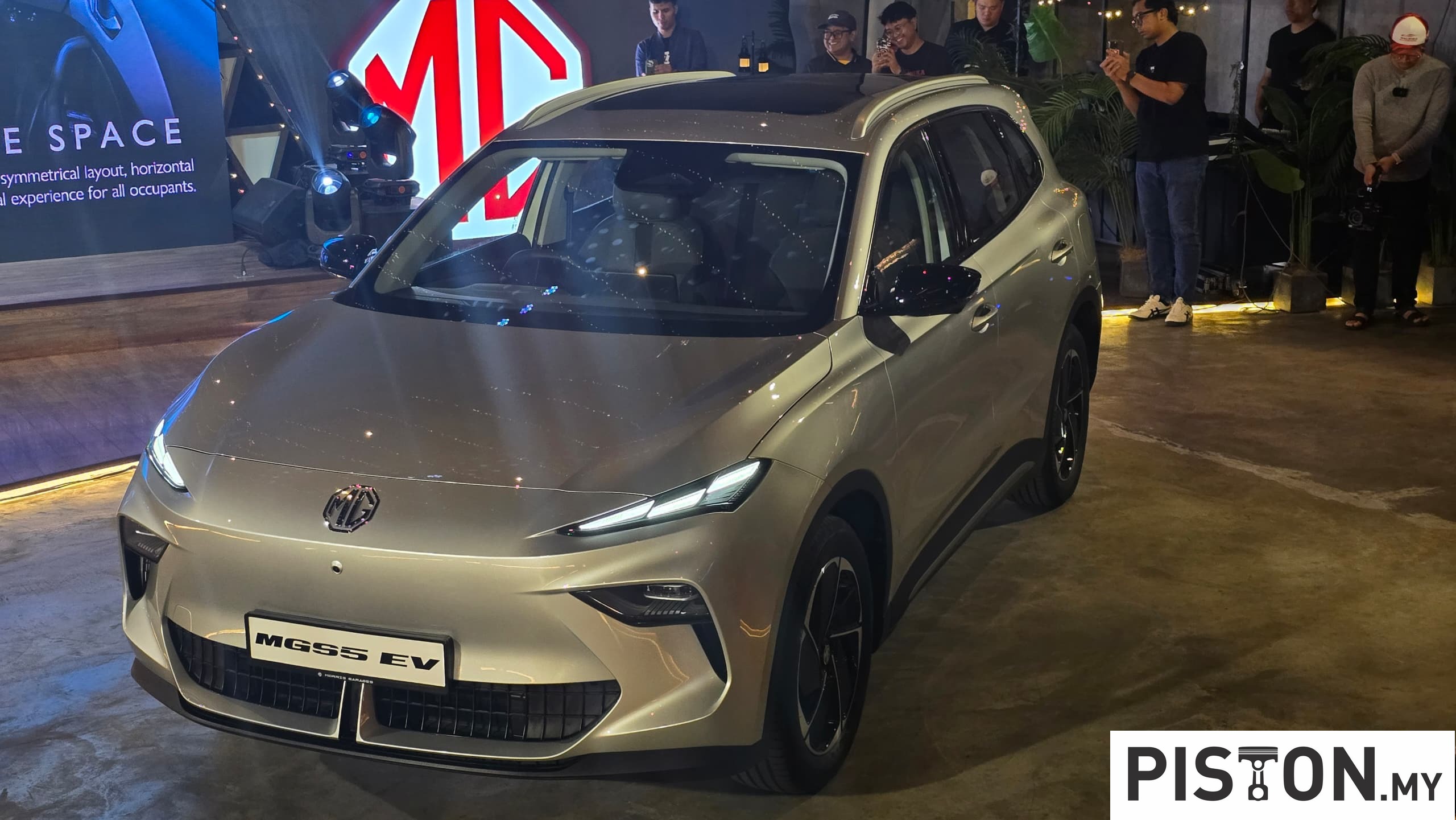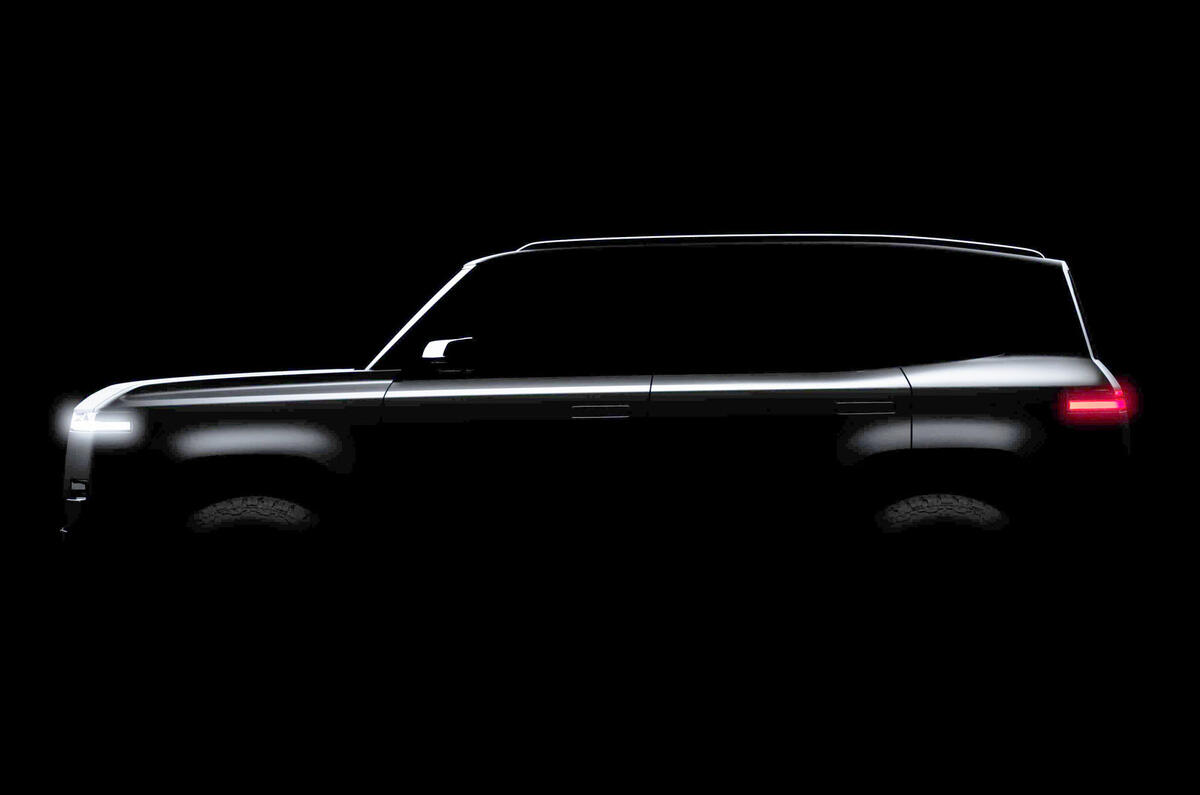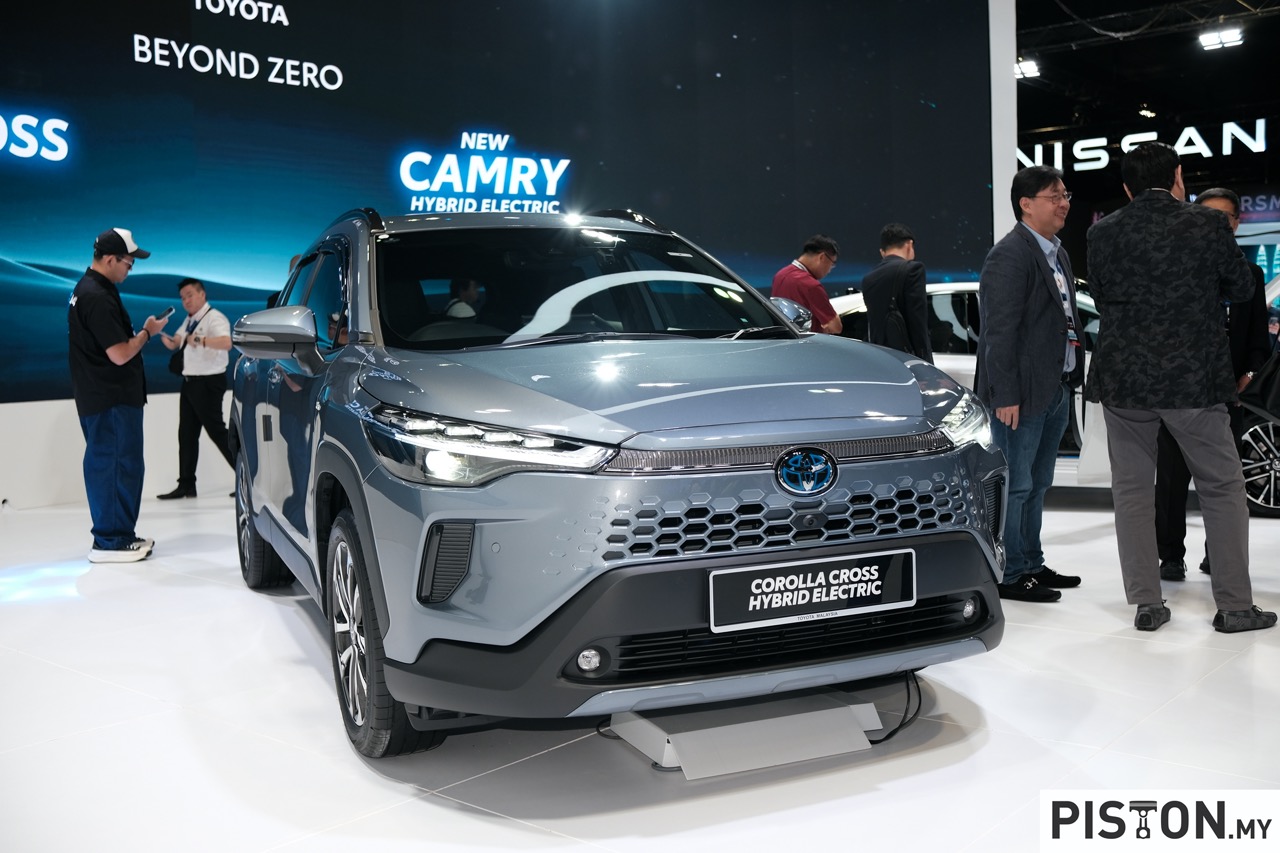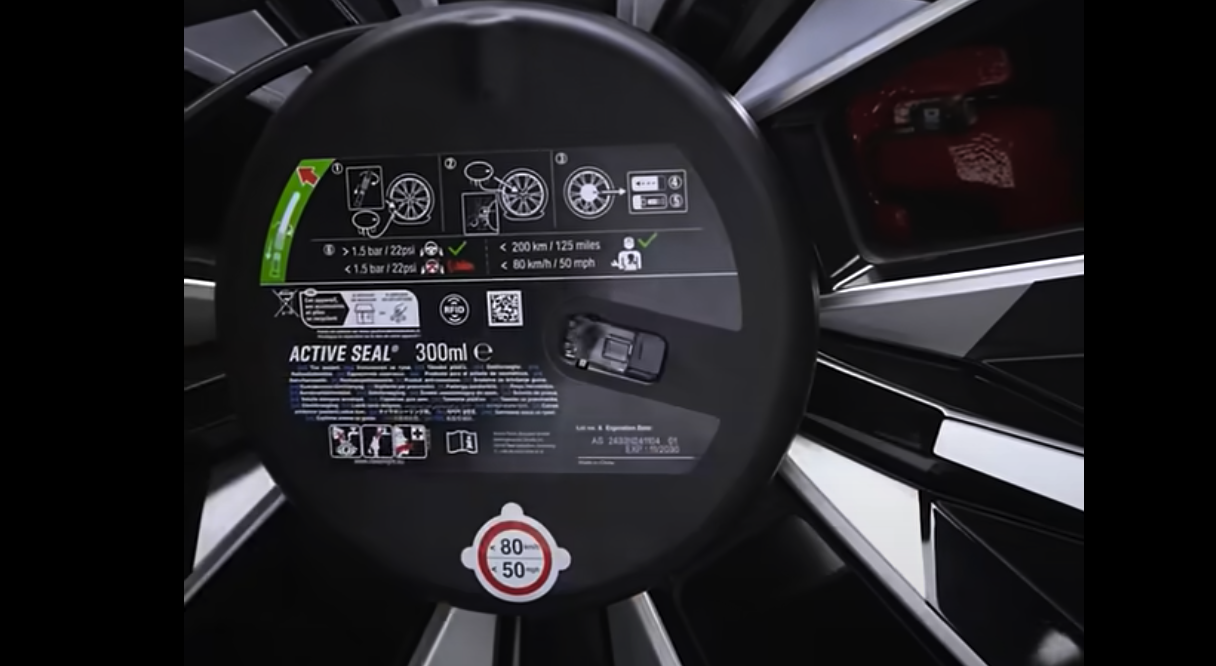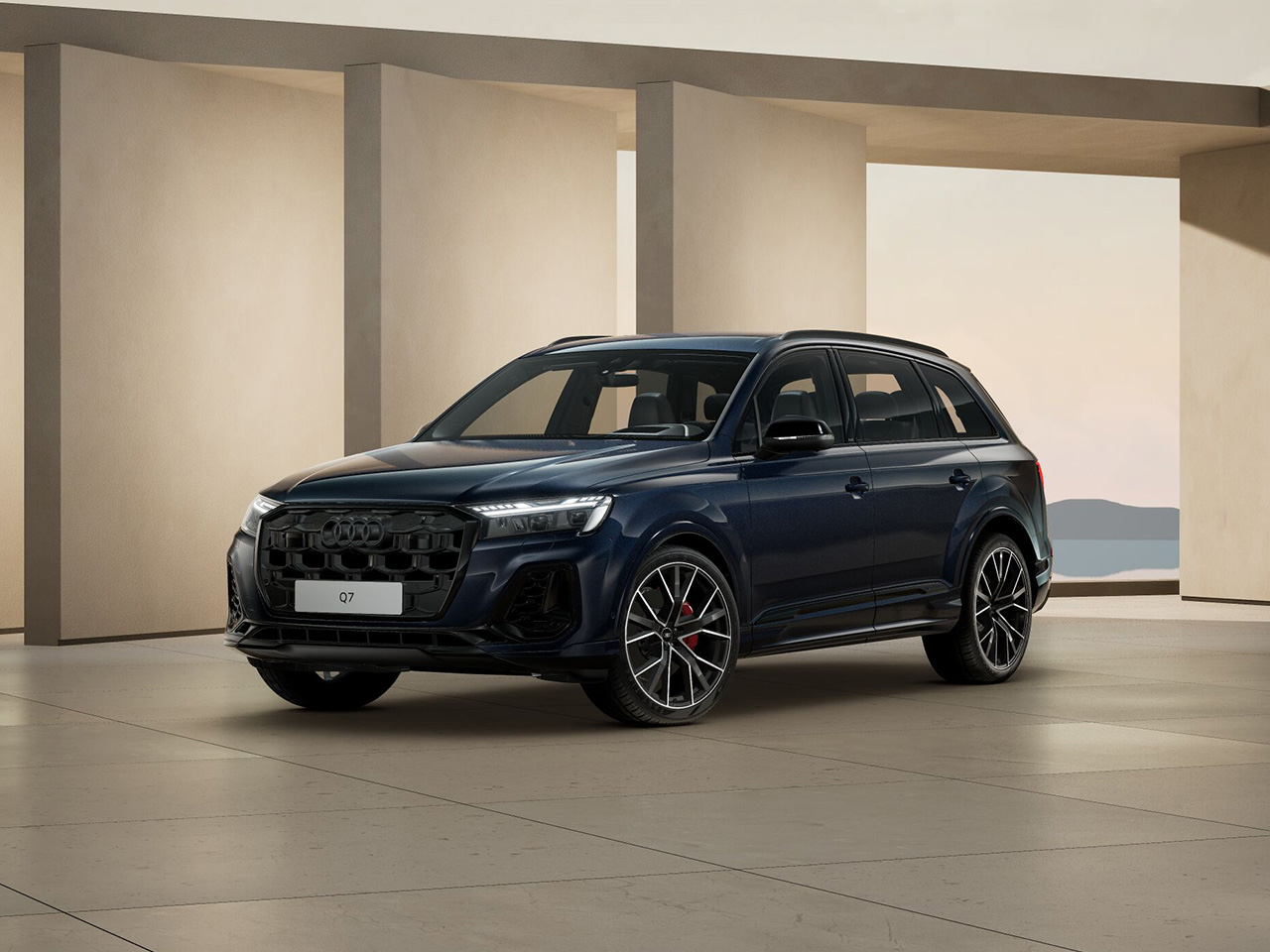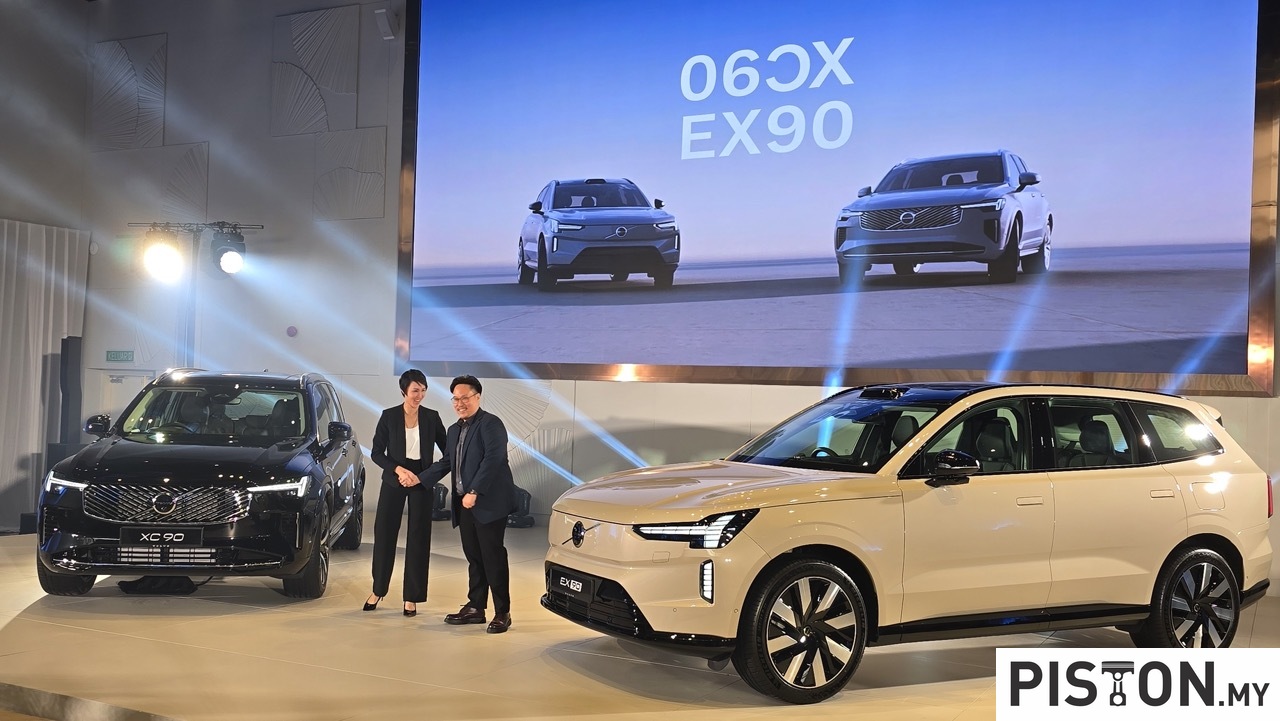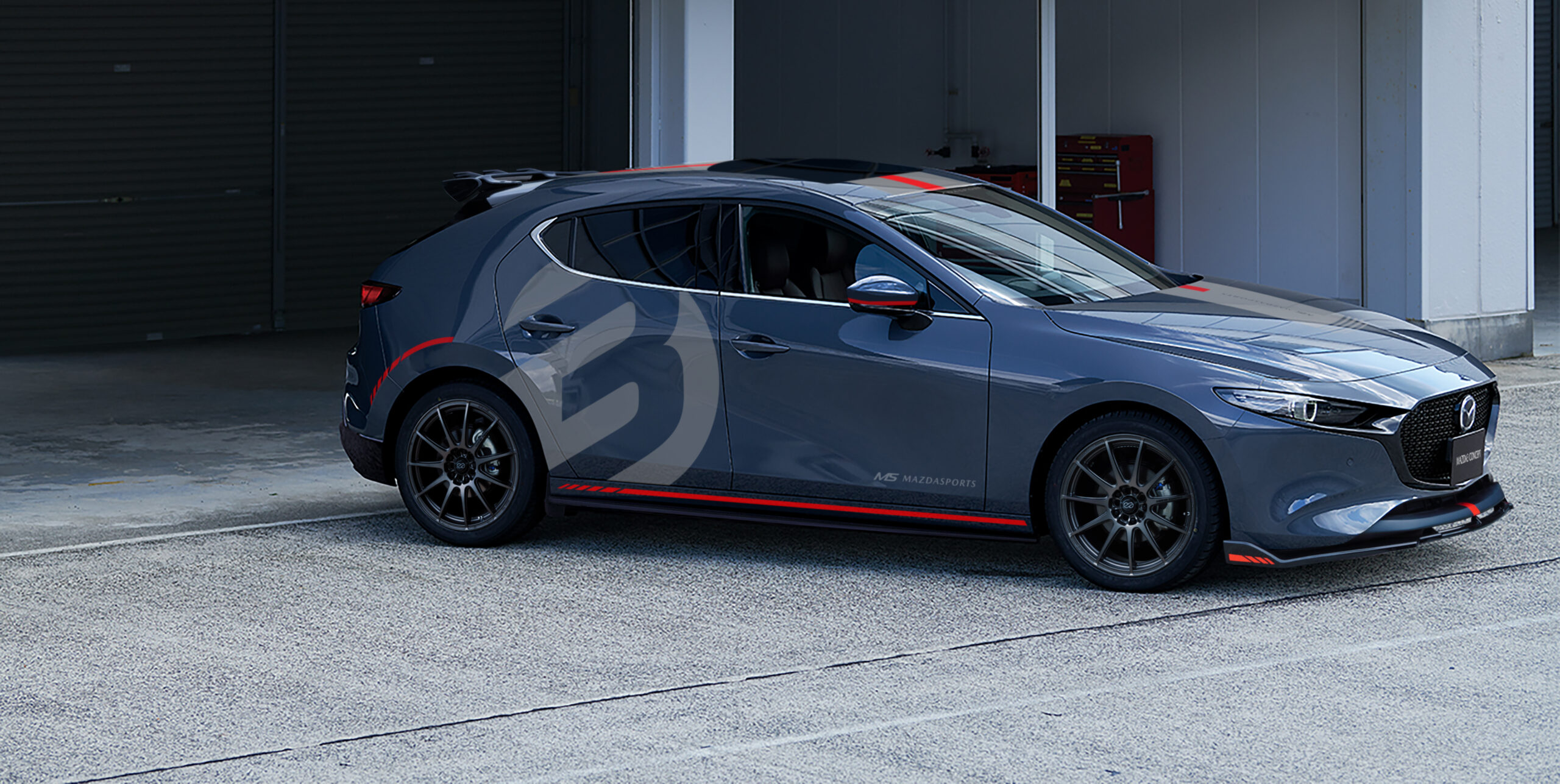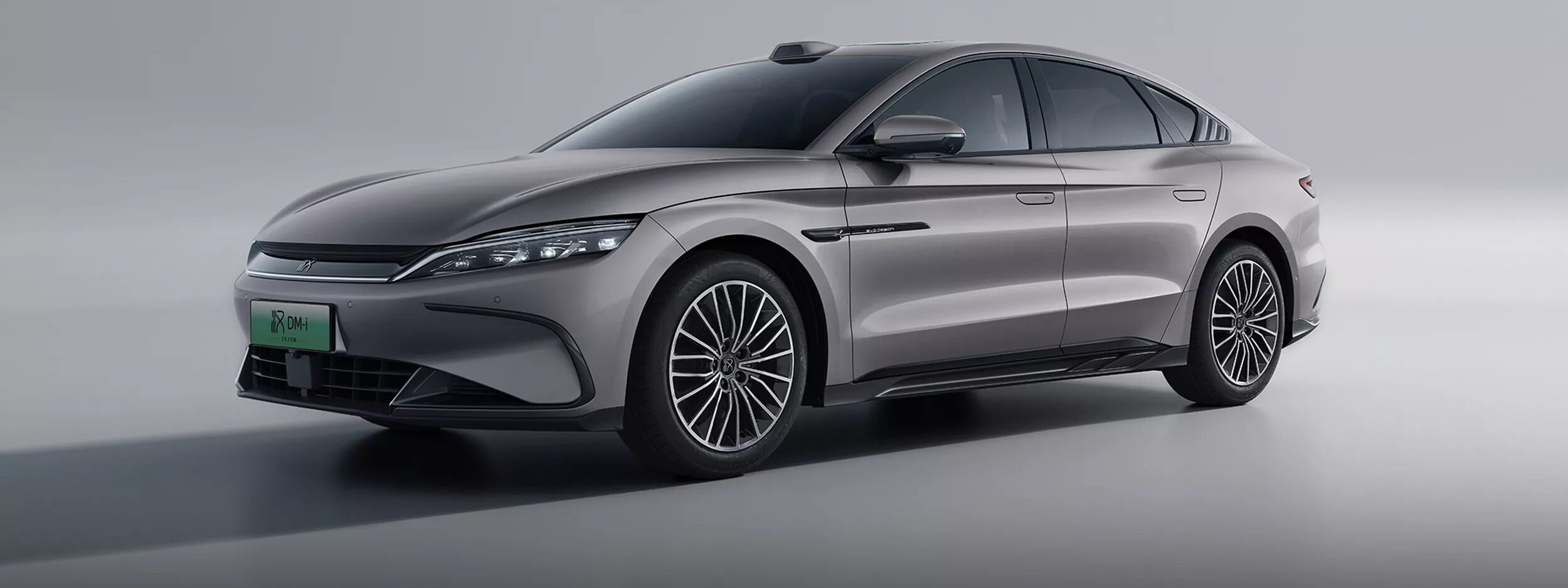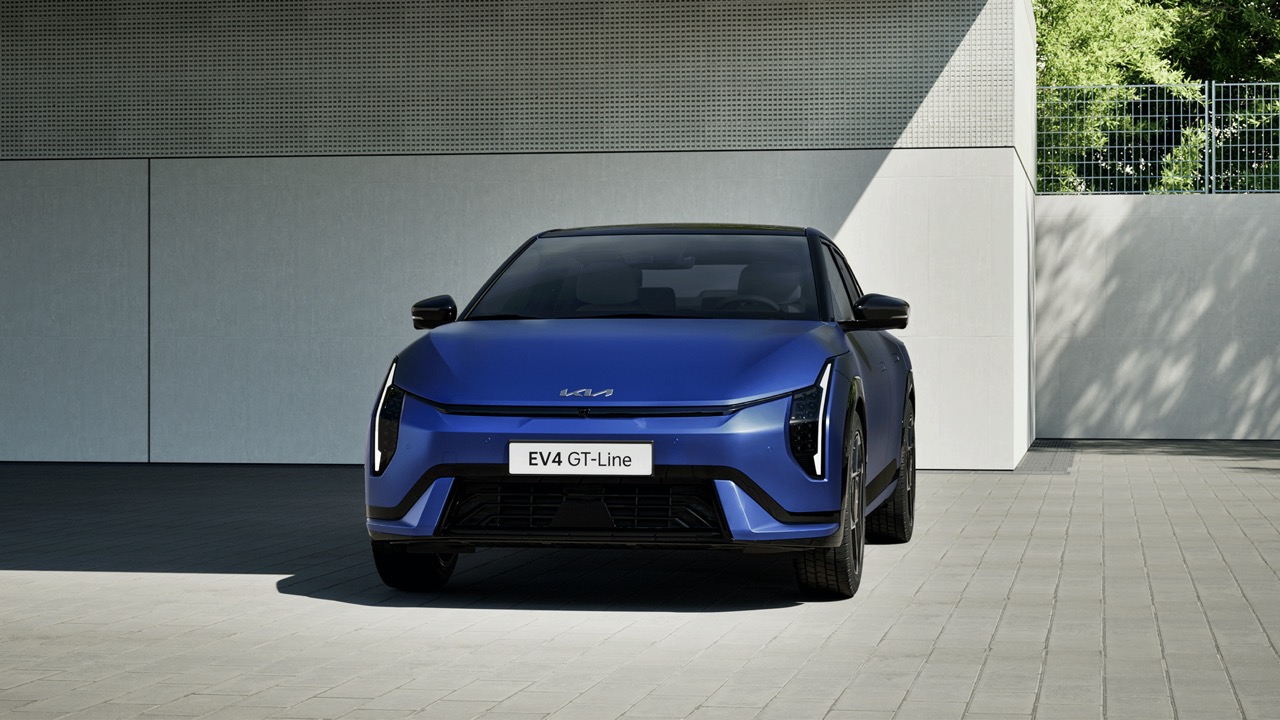It is no secret that the Mercedes-Benz C-Class is due for an upgrade very soon. The W205 generation C-Class has been around since 2014 and has been a sales success.
The class leading (till the F30 3-Series arrived) C-Class appealed to just about any age group while the AMG Series (C43 and C63) were in a class of their own, in Malaysia at least.
When wheel-to-wheel against the likes of the BMW F30 and the Audi B8, the C-Class stood out as the almost perfect convergence of all that was needed in an executive sedan. Of course, the BMW did ultimately prove to be the better car, but that’s a different story.
Enter the C300, the top of the line model in the none AMG line up.
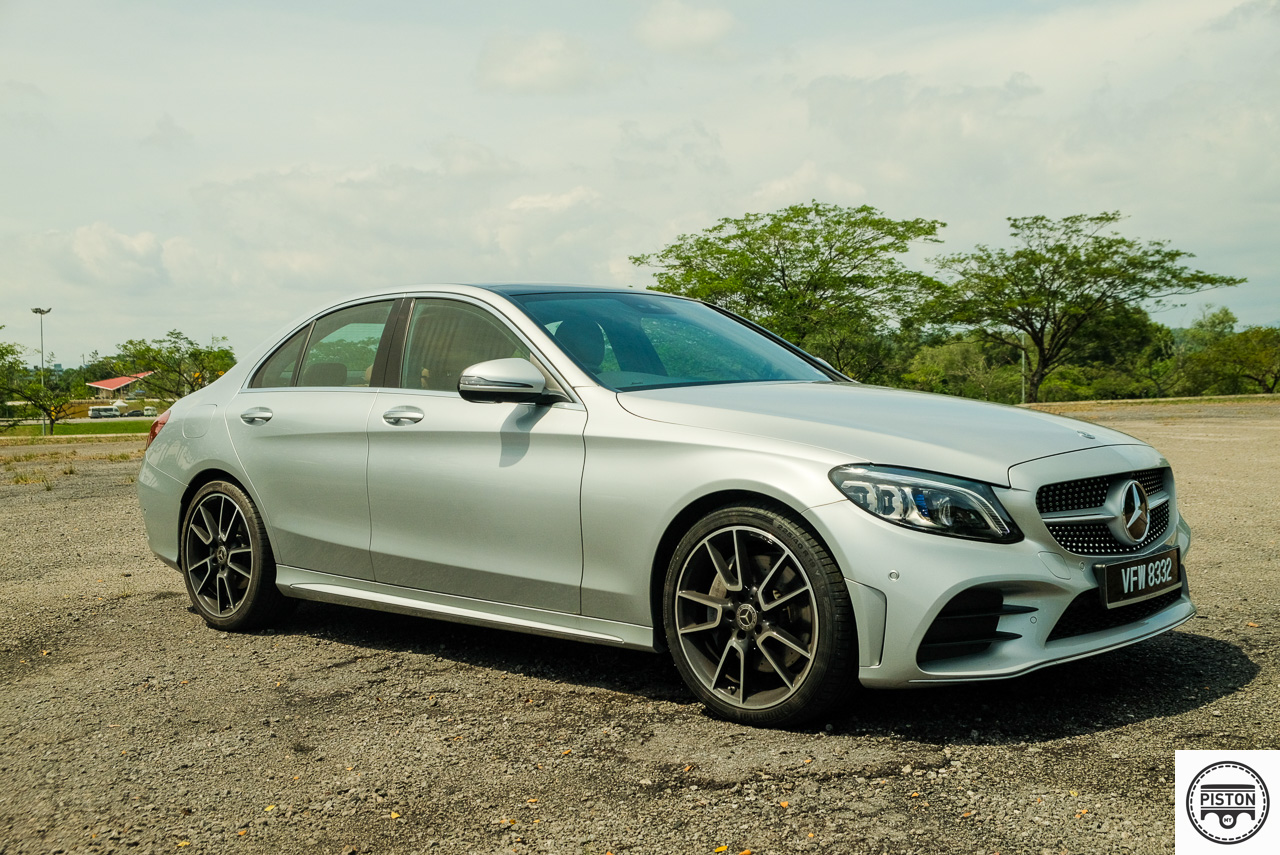
Priced at RM291,800, it was perfect for those who did not want to dish out some crazy money for an AMG, and yet didn’t want the savings the Hybrid offered. Because you know, Mercedes hybrids haven’t been too well received despite their incredible specifications and fuel savings they offered.
The C300 sold well, it offered a spirited engine in the form of a 2.0-litre, turbocharged unit that puts out 258 hp and 350 Nm of torque.
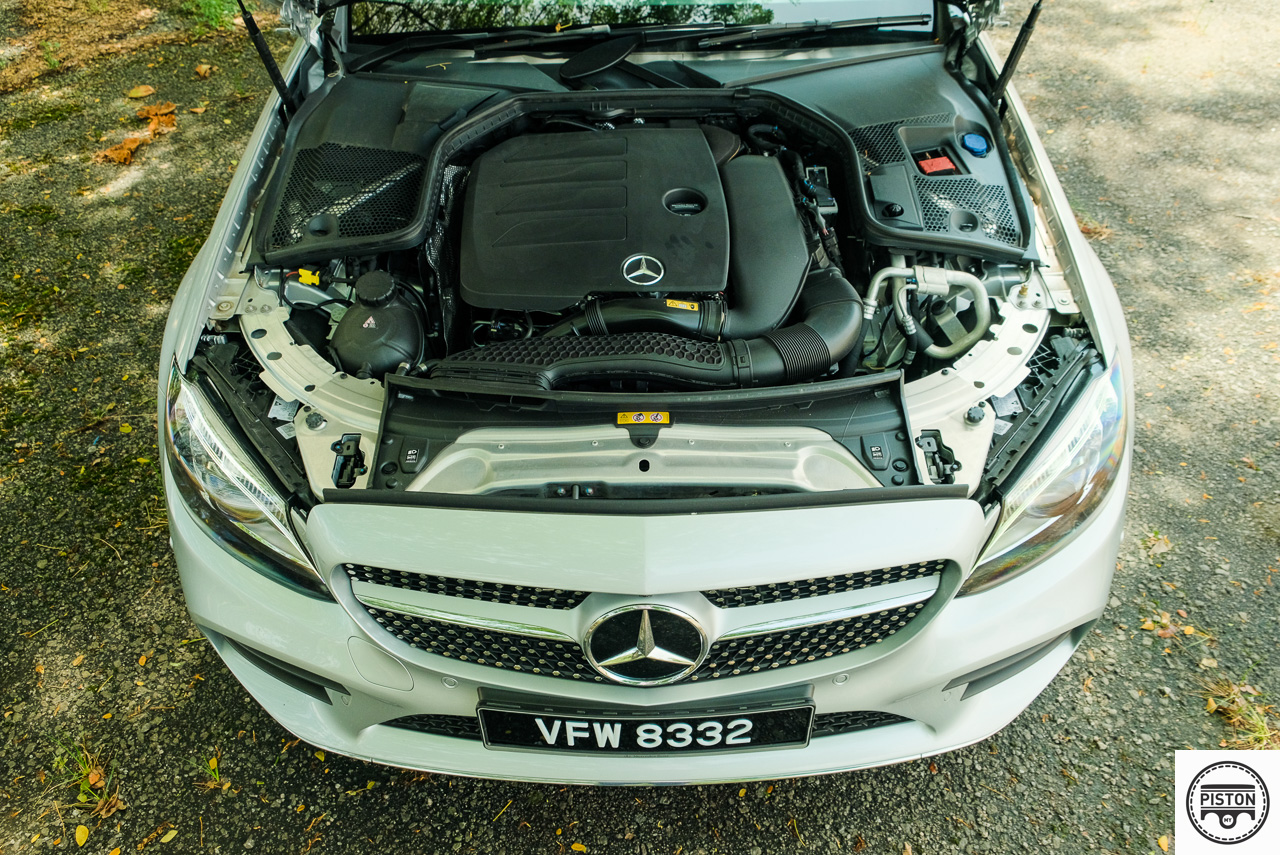
Decent enough if you ask me, and it also makes a rather pleasing sound during acceleration. Almost sports car-ish.
It has quite a character and the slick shifting 9-speed gearbox too added to the sporting character of the car.
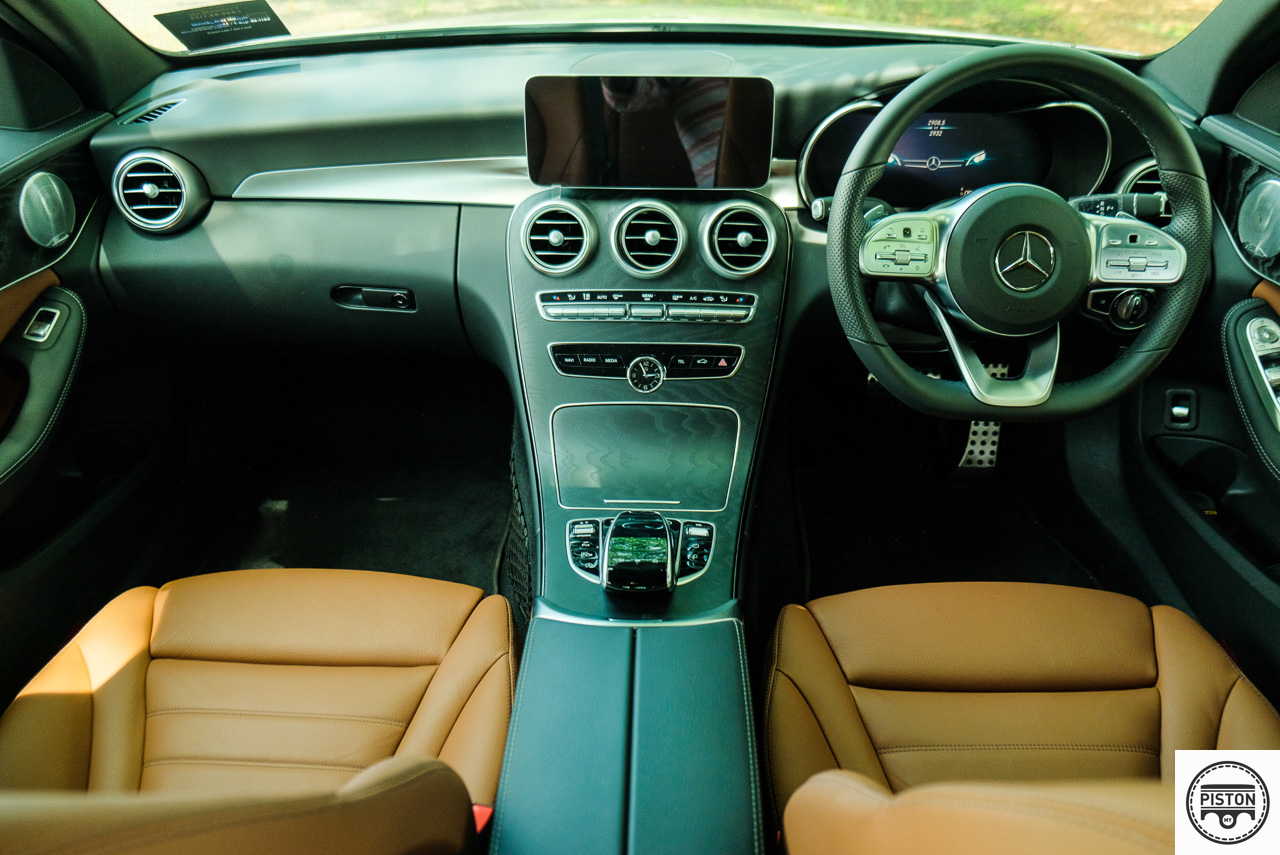
The interior has always been a decent place to be in though I cannot for the life of me accept the plastic feel of the ash wood trimming. It simply feels too cheap for a Mercedes-Benz, entry level sedan or not.
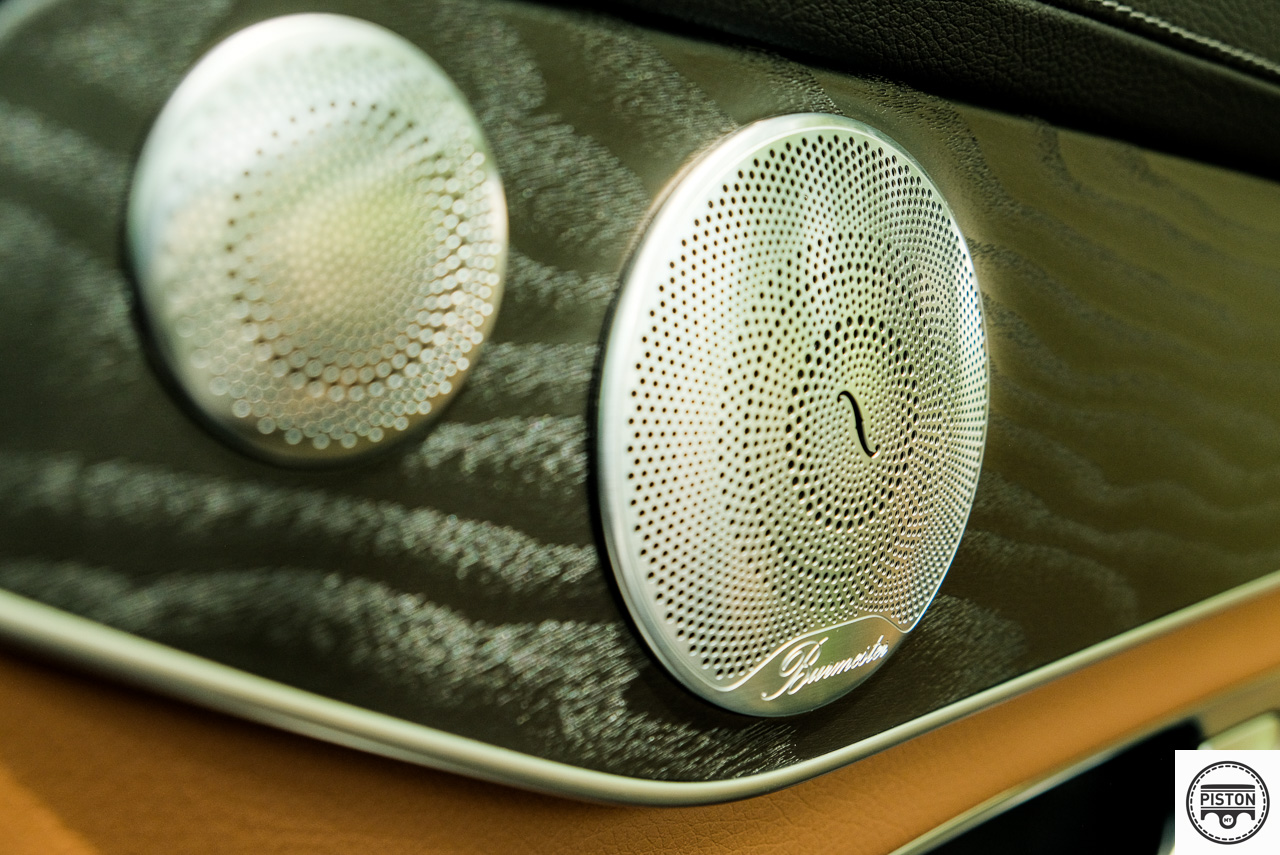
I do however love the Burmester sound system, not only looks great but sounds fantastic as well, and truly makes the interior a nice place to be in.
The C300 has generally done well and towards the end of 2020, Mercedes-Benz Malaysia introduced an update that took away the adaptive suspensions and replaced it with regular coil overs.
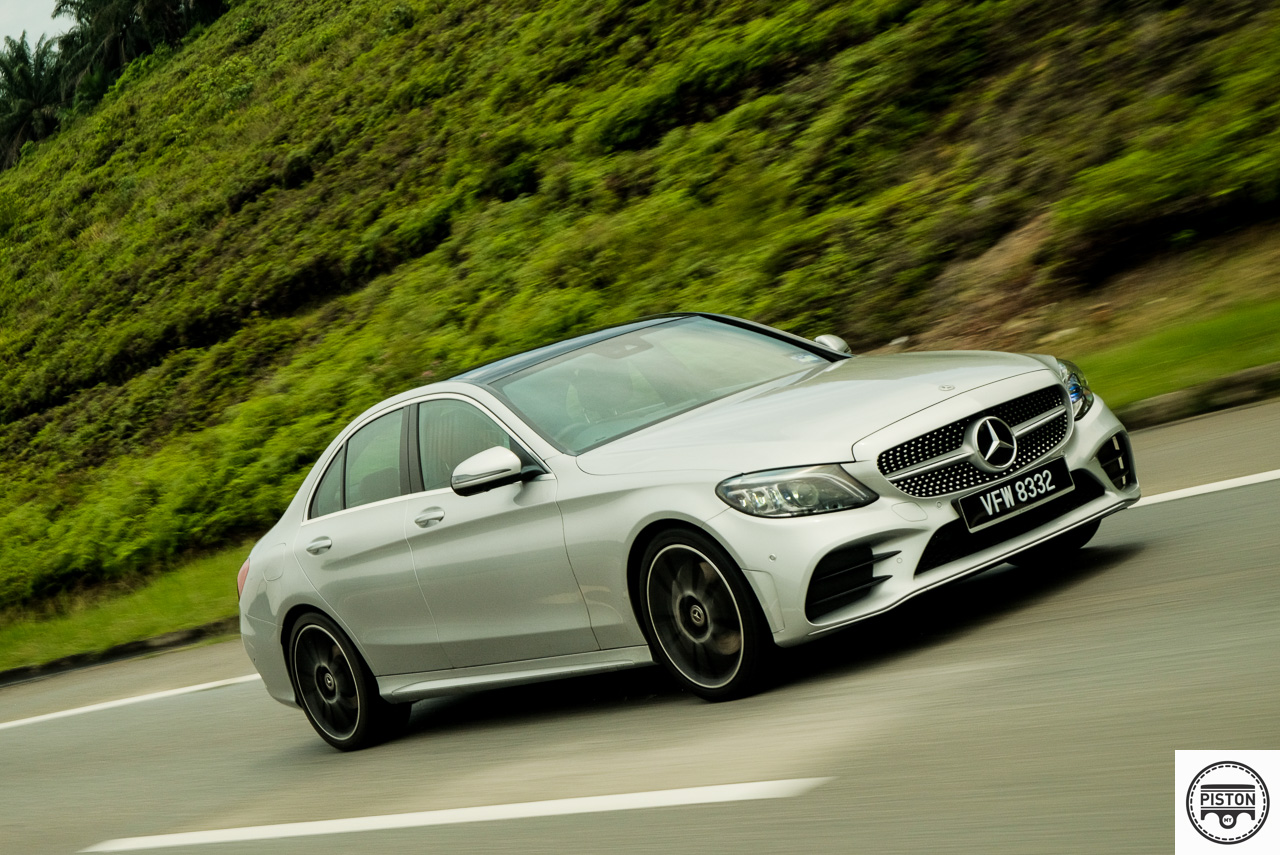
The level headed amongst us wouldn’t mind that as adaptive suspensions can be extremely expensive to maintain over the long run. There are instances where owners simply prefer to have the air suspension replaced with coil overs instead of opting for the original.

But the techies who like every possible feature a car can offer will undoubtedly cry foul.
So this then begs the question, is that really a problem?
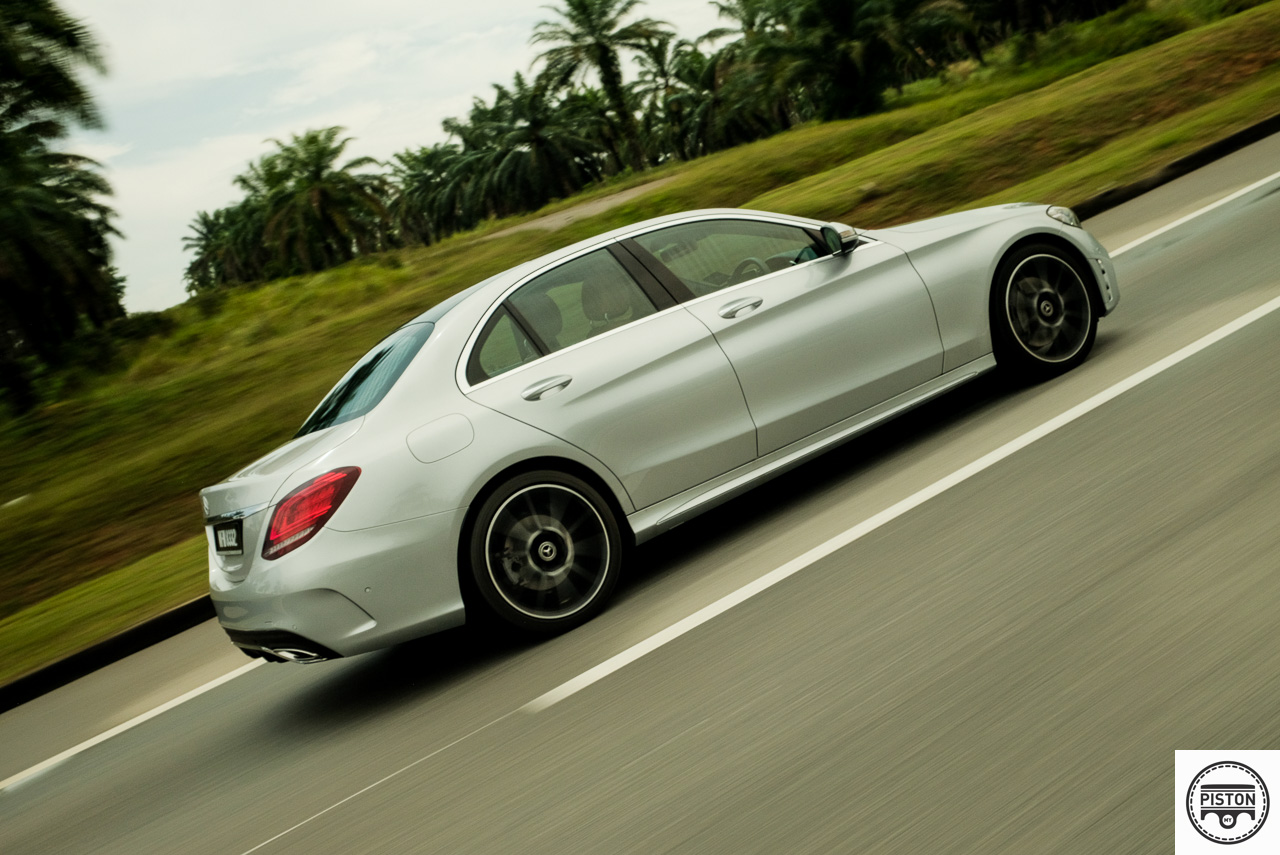
The short answer is, no. And the long answer: it is not a problem because it is already good enough to begin with.
The suspension is identical to the one in the C200, which in the past has been criticised for being too stiff and too uncomfortable for an executive sedan.
As such, a sporty nature is already well-ingrained into this C300, it feels steady in corners though there is some hefty body roll when pushed a little further. The powertrain and suspension pairing is great, but not quite as spot on as the previous model.
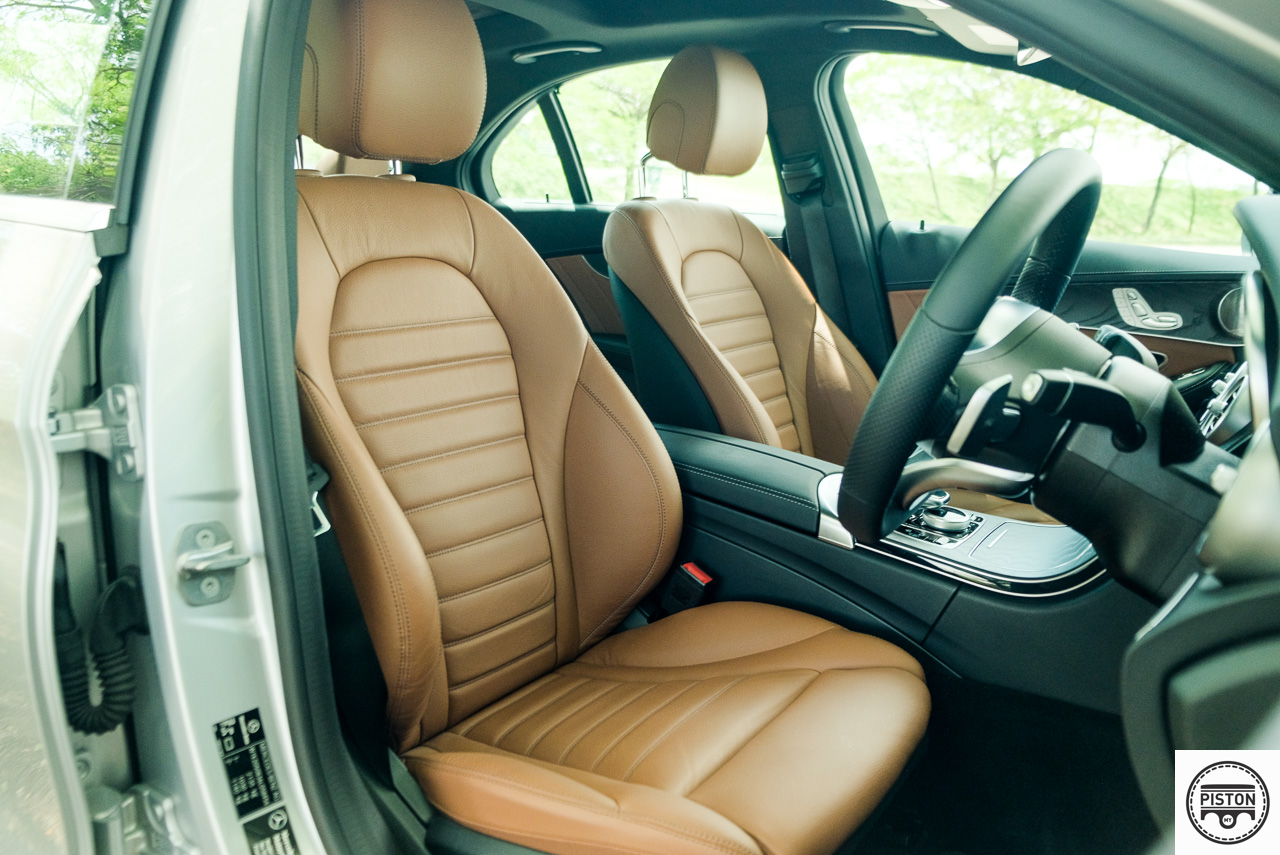
But that also means there is a compromise on comfort. And there is no place where this is most evident than on uneven roads, badly patched surfaces and of course, speed humps that appear out of no where. And our Malaysian roads are full of such surprises, so in reality, the Mercedes-Benz C300 is not a very comfortable car.
And that is what the adaptive suspension has helped to iron that out at the push of a button to select Comfort mode – which would then do as its namesake and absorb bad roads.
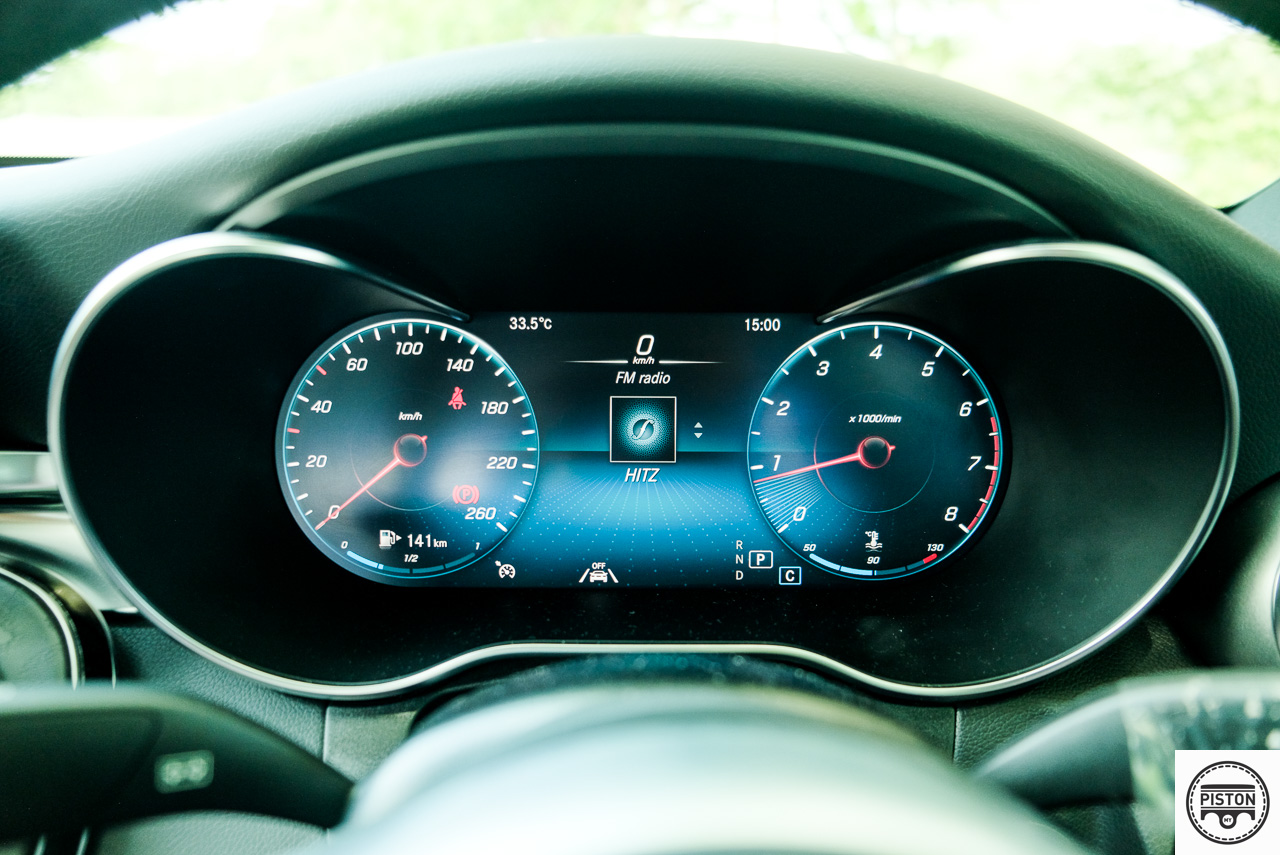
But even then, the previous C300 never really did a phenomenal job at that, it was just marginally more comfortable than now.
So which means, that the tradeoff is worth it, and the omission of that suspension saves you about RM15,000.
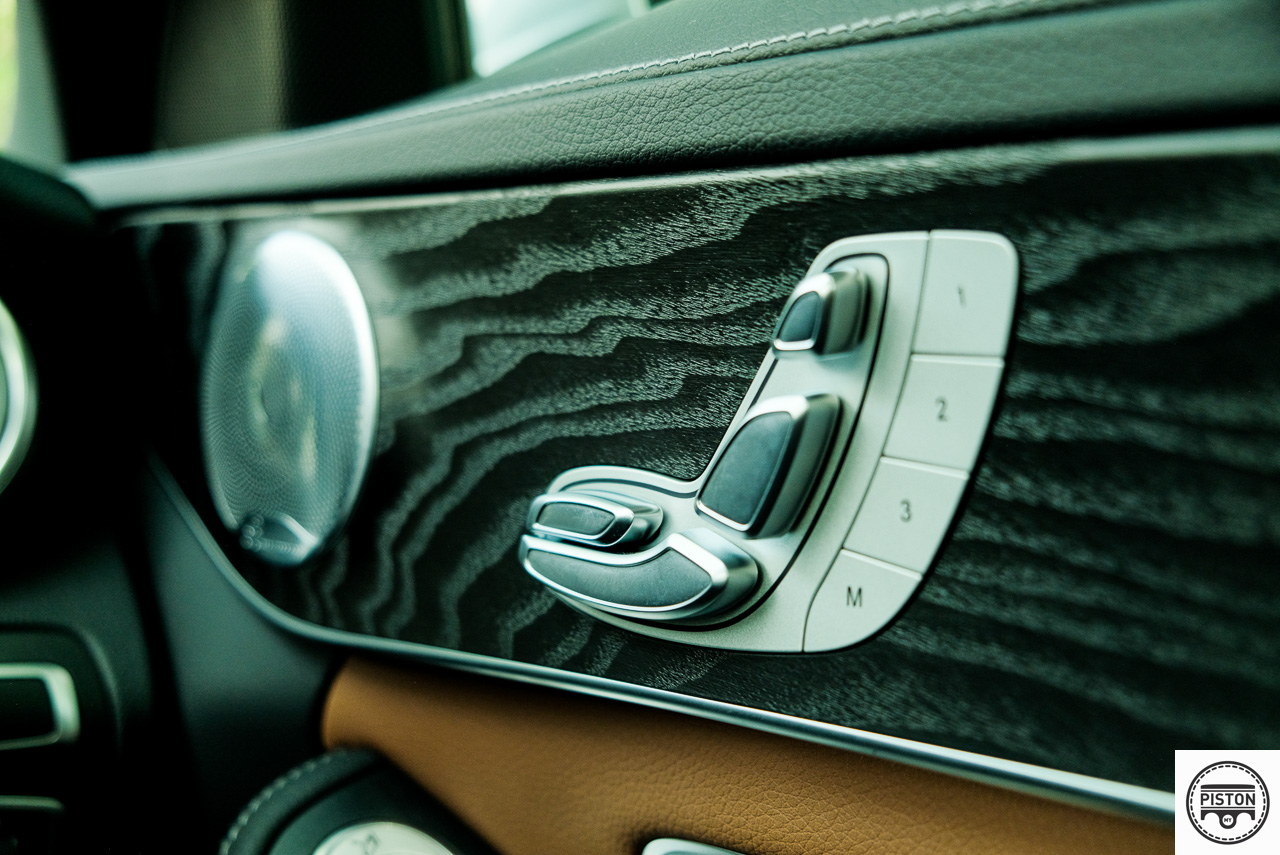
Yes, there is no doubt that a new C-Class is just around the corner, but if you are not the type that needs to have the latest, then this C300 is undoubtedly a great buy if you can look past the suspension. It’s saving grace is its engine and all that power it produces – it’s no AMG, but it’s still a lot of fun.




